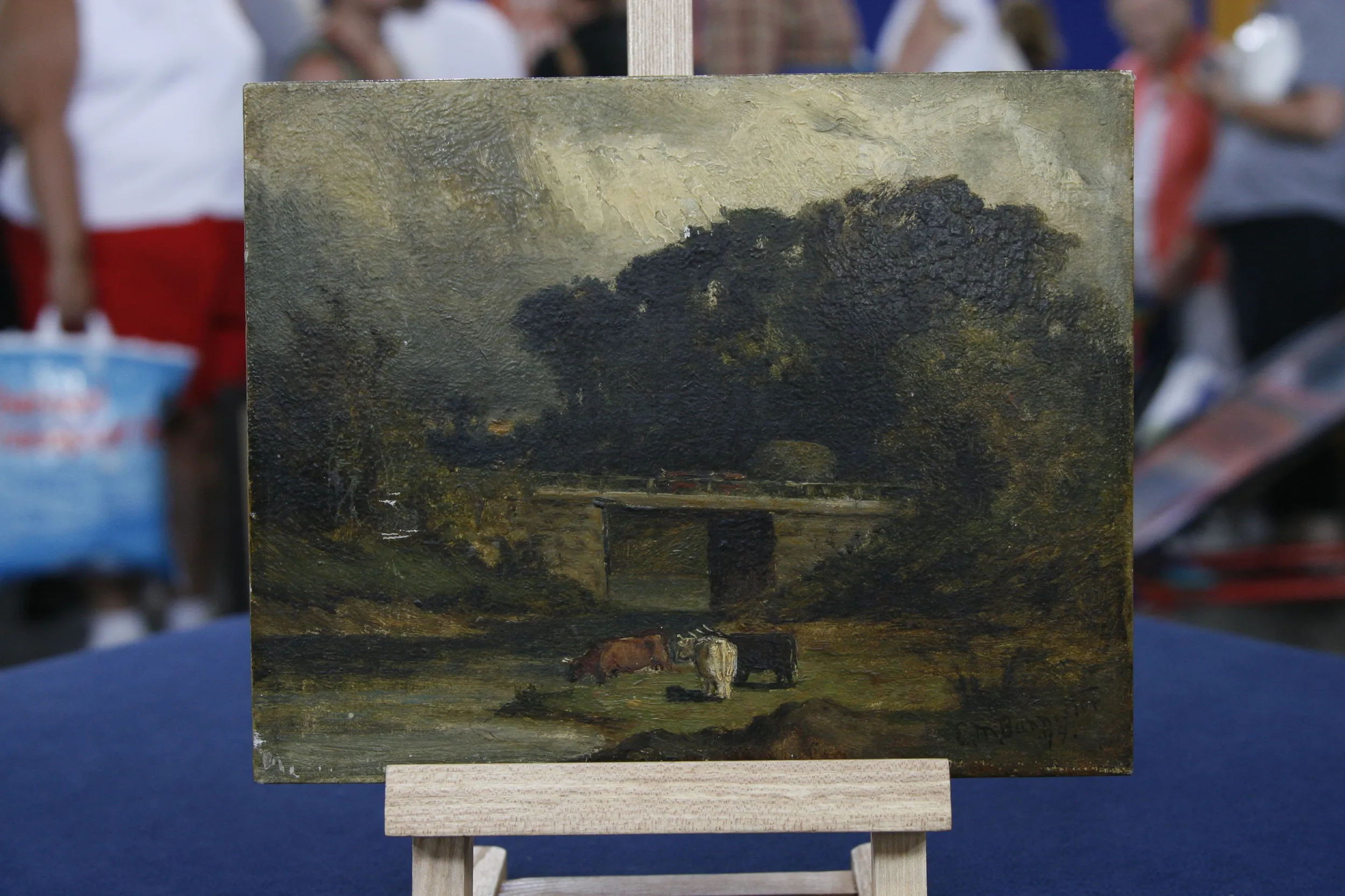Previous Episode

episode
Virginia Beach, Hour 2
A Cassius Clay signed print, Abdullah Qandeel oils, and an 18th C. Chinese vase!
Next Episode

episode
Orlando, Hour 1
Joe Strummer's boots, a Ned Hanlon championship group & a Grant Wood lithograph.
A Ghisi engraving, a Louis Vuitton trunk, and a Mercury Capsule antenna. One is the top find!
HOST: ANTIQUES ROADSHOW is illuminating the rich history and fantastic treasures of Virginia Beach.
GUEST: It's been across the ocean six times. So it's truly a steamer trunk.
GUEST: I don't... I find it hard to believe.
HOST: Since 1878, over 1,000 shipwrecks have occurred along the Virginia coast. The Old Coast Guard Station in Virginia Beach was once a life-saving station charged with the vital task of aiding vessels in distress. Back at the ROADSHOW, this steamer trunk was luckily never a casualty of a maritime disaster. Check it out.
GUEST: Well, it's something I've had since 1966. My parents were working for an elderly lady in northern Virginia. And when she passed away, the family told my parents to basically take whatever they would like to have. And it's traveled a lot with my parents, it's been across the ocean six times. (laughing) So it's... it's truly a steamer trunk.
APPRAISER: This is a wonderful example of a Louis Vuitton steamer trunk, as you had said. Louis Vuitton is one of the most iconic designers, one of the most popular and most recognized...
GUEST: Right.
APPRAISER: ...brands in the world. He started business in 1854 in Paris, and his sole business was trunks-- transportation, luggage, that sort of thing. And in 1858, he introduced his first flat-top trunk, which at the time was really unusual, because most of the trunks were domed.
GUEST: Right.
APPRAISER: So a flat-top trunk was really almost groundbreaking. And it was in a grey canvas that he called "trianon." Later on in the 1870s, he introduced a striped canvas trunk. He wanted to keep going and changing design so people wouldn't copy him. Which is ironic now, because Louis Vuitton's copied all the time.
GUEST: Yes.
APPRAISER: This check design was introduced in 1888. And what's interesting is, they've actually reissued the check design, and it's now more popular than the Louis Vuitton monogram.
GUEST: Oh, good.
APPRAISER: So the LV monogram that we know today, that trunk was introduced after his death in 1896. So this one we know comes from the late 19th century, after 1888. Starting at the top, you have this wonderful latticework ribbon. And you would be able to stick cards and notes and any little bits of information, travel paperwork within here. There is some fraying, which is totally fine. And stained, yes. And staining and water damage. And what's most obvious here is that we have this fabulous large label. And it says "Louis Vuitton," and then the numbers down here, which is 34233. That's the serial number. And with a little bit more homework, we could almost certainly date it to the year it was issued.
GUEST: Oh, nice.
APPRAISER: Inside, also, there used to be trays. I'm going to close it up now, so watch your fingers. A couple of other things to point out on the exterior. You have these strap loops here. And each of them actually say, "Louis Vuitton Paris." Which is fabulous. And then it's also got London in there, as well. He slowly opened stores in London, and then also across the world. When we look at this, the condition is well-used and loved, but it's actually in really remarkably good condition. So if I were to see this come up for auction today, I would feel very comfortable in saying that it would sell for around about $10,000. Very good. If we were to insure it, you would need to place an insurance value of $20,000 or more on it.
GUEST: Ooh. You made my weekend. (chuckling)
GUEST: I brought a family heirloom, a Civil War musket that's been passed down for a long time.
APPRAISER: Do you know anything about your relative who had this gun?
GUEST: His name was Silas Bishop.
APPRAISER: Okay.
GUEST: And he was either in the 1st Virginia Regiment or the 41st Virginia Regiment, an infantry company in Richmond, Virginia. And he was wounded in 1862.
APPRAISER: Well, what you have here is a Confederate-made, what they call a Richmond rifle musket because it was made at the Confederate arsenal in Richmond, Virginia. At the beginning of the war, there were very few arms manufactories of any type in the South. And in April of 1861, the Confederates captured the Harpers Ferry arsenal, in what at the time was Virginia, and removed all of that machinery where they made U.S. rifle muskets and rifles to Richmond. And that allowed them to set up an armory to manufacture rifle muskets for the infantry to use. For all practical purposes, this is a sort of simplified version of the U.S. 1855 rifle musket that was in production at Harpers Ferry. However, they didn't have the ability to manufacture the complicated automatic Maynard tape priming system that was part of the lock of the 1855 rifle musket. So they made a simplified version, but the remnants of that lock system remained in these guns. The very first ones have a very high hump where the lock plate comes up here almost to the bottom of the hammer. And by '62, they're starting to grind down this a little bit, and this is sort of what we would call a type-two rifle musket, in that it's got a medium-sized hump.
Eventually, they grind the hump all the way down, they're using new dies, and it's looking more like what you would consider to be a standard Civil War rifle musket. Some of the ways we know that this is a real Richmond rifle musket are some of the features. First of all, it's clearly marked with the "C.S. Richmond" mark on the lock plate, dated 1862. It also has some other features. The U's on the barrel bands are stamped in kind of a funky offset way compared to a U.S. rifle musket. That's because they're working by hand, stamping them by hand, and not holding them in a jig. One of the other interesting features is, the butt plate is made of brass instead of iron. So they're using brass, which they can cast easily, not use a more important resource for something that doesn't really affect the fighting capability of the firearm.
The gun's in nice, untouched shape, has the original Richmond rear sight. The only thing I see on it that might be replaced is the upper sling swivel. It hasn't been abused. It's all complete. And it's a good example of a pretty scarce gun. They made somewhere in the neighborhood of 30,000 of these three-band rifle muskets. By 1865, Richmond falls, they're out of production, and it's all over. So for the most part, these guns were made from the end of 1861 through the very beginning of 1865. Okay. For insurance purposes, I would probably insure this gun at about $8,000.
GUEST: Oh, boy!
APPRAISER: It's a nice example. If you can substantiate all the information about your ancestor and substantiate that it absolutely was his gun in some way, then we can look at the value increasing substantially. As much as 100%.
GUEST: Boy, that's surprisingly valuable. I had no idea it was worth that much.
APPRAISER: Do you know what this was used for?
GUEST: I don't have a clue, to be honest.
APPRAISER: Spoons.
GUEST: Is that what it was used for?
APPRAISER: Mm-hmm.
GUEST: Oh, that's interesting.
APPRAISER: It's called a spooner.
APPRAISER: Yes, it could be a prototype. The question is: does anyone care if it's a prototype? You know, is there a collector somewhere-- if so, in Germany-- then it can be valuable. $100, $200, $300, $400, $500. Or maybe they don't care, maybe it's worth $25 or $50. But a Madonna and Child is classic representation of motherhood.
GUEST: It was a present to my grandmother in 1936, a Christmas present from a friend. According to the friend, who wrote my grandmother a little note, it dates to the 14th century, it's Chinese from the Sung Dynasty.
APPRAISER: Okay. What is it, do you think?
GUEST: I call it a vase. Not very practical with the holes in it, but...
APPRAISER: So it's a bit of a mystery, isn't it?
GUEST: Yes.
APPRAISER: We'll start out first. It is Chinese, all right? It's a lantern. So you'd have a small oil lamp in the bottom. And the light from that, you could imagine, would cast beautiful shadows. So the other part is, when does this date from? Well, there are all kinds of clues. One is the style of the decoration, and I understand why somebody called it Sung Dynasty, but their dates are wrong.
GUEST: Oh, really. So they're wrong.
APPRAISER: However, they're not that wrong, because it actually dates, I believe, to the early Ming Dynasty, to the 15th century. This is called celadon, and this was made in the kilns in Zhejiang province. Underneath you'll see this kind of reddish color. And that's typical of the clays from that region. So all that confirms what I suspected when you brought it to my table. I think this is worth, at auction, somewhere between $4,000 and $6,000.
GUEST: I'm amazed. Keep it away from my cat.
APPRAISER: Yes, keep it away from the cat.
GUEST: This is a painting that was a gift to my late husband from the artist A.B. Jackson. And he was an African-American artist from Connecticut, I believe, and came to this area in the '60s to teach at Old Dominion University and Norfolk State.
APPRAISER: What year did your husband acquire this from the artist?
GUEST: I would say it was probably in the mid-'70s, because I think A.B. passed away in '81.
APPRAISER: He is an African-American artist. His father was black and his mother was actually Irish.
GUEST: Yes.
APPRAISER: In that sense, he's a biracial African-American artist, but he did face racism, unfortunately, in his artistic career. And we're talking about an artist who has roots here, who taught at Norfolk, who taught at Old Dominion University. In 1962, he tried to enter into the Virginia Beach Boardwalk Art Show, and he was denied entry.
GUEST: Yes.
APPRAISER: Because of his race. And what happened was, about four years later, he enrolled again, and applied again to the show.
GUEST: Yeah.
APPRAISER: And at that time, not only was he accepted, but he also won best in show. The medium is oil on canvas.
GUEST: Okay.
APPRAISER: He used a kind of sensibility that was more old master in its inspiration. One of his favorite artists was Rembrandt, actually. He would take a lot of cues from the color tone of Rembrandt and from the light of Rembrandt. And even from the theme, this one has a lot of religiosity built into it. You can see down below, it says "parable," lower left.
GUEST: Mm-hmm.
APPRAISER: There is a little inscription on the back. I think it says, "He taught them to fly..."
GUEST: "He fed them and they taught him to fly."
APPRAISER: "...and they taught him to fly." It's subtle, it's not necessarily in-your-face religious lesson. It has more to do with a certain kind of subtle religiosity.
GUEST: Mm-hmm.
APPRAISER: A lot of his themes in his other paintings also were more subtle. They had more to do with feelings, his own experiences in life. Not necessarily being black, although he said, in himself, black is many colors.
GUEST: Yes.
APPRAISER: His works don't come to auction that much, but I would probably put it at an estimate of $3,000 to $4,000 at auction.
GUEST: Okay.
APPRAISER: If insurance, I would probably put it a little bit more. Okay.
GUEST: Today I brought in a couple of... I'll call them sketches, for lack of a better word, that were given to me by a very close relative. I just found them very interesting, and wanted to find out what they were worth.
APPRAISER: Okay, and you know who the artist is.
GUEST: Edward Bannister, I think, is his name.
APPRAISER: Do you know where the relative got the works?
GUEST: Probably an auction, possibly Rhode Island.
APPRAISER: Well, that would make sense, because the artist, Edward Mitchell Bannister, lived in Rhode Island. He was born around 1828 in Canada to a father, a black man who was from Barbados, and a white woman who was of Scottish descent. They had both died by the time he was 16. So he ended up moving to New England in the 1840s and he did all kinds of odd jobs. He was a cook, he was an actor, and then he ended up in Boston being a barber. But he was interested in art, so he started taking evening classes at the Lowell Institute. And around 1876, they had a big centennial exhibition in Philadelphia, and he won the bronze medal. But when the judges realized he was black, they tried to rescind the prize. And what was interesting was that the artist who had competed with him argued in his favor, and he was able to keep the prize.
GUEST: Great.
APPRAISER: So once he won that medal, he started getting commissions and recognition, and he was able to be an artist full-time. And he very much admired the Barbizon School. It was a group of artists who painted landscapes in France. And they had sort of a serene view of nature, which very much was his same point of view. But towards the end of his life, that style of painting fell out of favor, and he really became completely obscure.
GUEST: Hmm.
APPRAISER: He died in 1901, but in the 1970s, there was the civil rights movement, and that's when there was a resurgence of interest in his work. So here we see two works on paper. In this one, the paper has yellowed a bit, and it's signed down here. And we see a scene with a couple of figures and horses. And this landscape is signed with initials in the lower right. But what's fascinating is that he has repurposed a prescription pad, and here you can see the "Rx" up here in the corner, and the address of the doctor or dispensary, I'm not sure what. You're correct in saying they're sketches. It would be interesting if one would be able to find out if either of these works related to a painting that he did later on.
GUEST: Mm-hmm.
APPRAISER: The artist hasn't sold a great deal at auction, probably more oils than works on paper. And I think, if we were to combine the value of these two works at auction, it might be something like $2,000 to $4,000, maybe a bit more if we were talking about retail. So although they don't have a terrific amount of value, they are so interesting to see because he's a very interesting artist, and one of the very early African-American artists in the history of American paintings.
GUEST: Well, certainly an interesting history.
GUEST: We inherited it from my uncle, who's an Episcopal priest and a headmaster of a private Episcopal school.
APPRAISER: So how long has it been in your possession?
GUEST: About three years.
APPRAISER: Okay. And what do you know about it?
GUEST: Nothing. (laughing) Except for the fact that it has some symbols on the back of it.
APPRAISER: First of all, let's look at the quality of it. For something that's white porcelain, all-over white porcelain, not decorated, it's very much in the manner of what the Chinese used to do as blanc de Chine, which is basically white on white.
GUEST: All right.
APPRAISER: This is the German version of that, in that just a white glaze, but the modeling is fabulous. As we look at the details in the face or in any of the figures, or right down to the base and the cherubs here, absolutely fabulous quality. And that's really what tells quality when you don't have something that's colorfully decorated, and you can pick out every detail of an eye and nose, mouth. The size is tremendously impressive. Subject matter is really good. The Madonna and Child represents motherhood in many respects. It's a beautiful figure. On the back side are marks that are important to the piece.
GUEST: Mm-hmm.
APPRAISER: We have the underglaze blue crossed-swords mark, which pretty much tells you that it is Meissen, for sure. But above that, there's a glazed mark, which is hard to see a little bit. And what happens is, it's an impressed mark that's been filled in with a little bit of glaze, so it's not so evident when you see it.
GUEST: Oh!
APPRAISER: But that mark was only used for white glazed Meissen. It was never used for colored Meissen. It also tells us when it was made, because they didn't start using that mark until 1900. Now, it wasn't made much later than that. It's got all the bells and whistles that you would like. Condition-wise, it's fabulous. It's nice that the scepter was actually made as a separate object, so that it allowed it to survive the process. I could see that being the first part of it that would go.
GUEST: Exactly.
APPRAISER: Quality-wise, it couldn't be better. It's got the right marks on it. I've never seen one this size like this. And nobody at our table as we were discussing it had seen one, either. Do you have any concept of its value?
GUEST: Absolutely none.
APPRAISER: No?
GUEST: We had none.
APPRAISER: Well, I'm going to give you two values.
GUEST: Okay.
APPRAISER: I'm going to give, tell you the auction value, which if it came up at auction, would have a pre-sale estimate in the range of $3,000 to $5,000.
GUEST: All right.
APPRAISER: If it was in a retail establishment, easily at $6,500.
GUEST: All right, nice.
APPRAISER: It's a fabulous figure. It's interesting to note that lots of the porcelain markets have suffered with the younger generations not being as interested.
GUEST: Ah.
APPRAISER: As perhaps the older generations in the idea of collecting porcelains.
GUEST: Mm-hmm.
APPRAISER: So generally speaking, Meissen has gotten soft.
GUEST: Okay.
APPRAISER: I don't think this figure has. You have a son-- does he have any interest in it?
GUEST: No.
APPRAISER: No interest whatsoever.
GUEST: Absolutely none.
OFF-SCREEN: What did you learn about the birdcage?
GUEST: 20th-century, worth about $600, $700 at auction. So not bad for a $15 investment. Excellent.
APPRAISER: They're really fun. People tend to collect them and they might have 30 or 40 of them and display them on a wall. But none of yours do have a name, and that would add to the value.
APPRAISER (laughing): It's just a shame that it was damaged.
GUEST: I know.
GUEST: But it's almost 200 years old, I think it did pretty good.
APPRAISER: Yeah, yeah. Well, very nice. Thanks for bringing it in-- you bet.
GUEST: The artist, whose name I really do not know how to pronounce, was a protégé of Consuelo Vanderbilt.
APPRAISER: Mm-hmm.
GUEST: And she gave the painting to an associate of my father's. When that man retired in 1953, he gave it to my father, and I inherited it in 1999.
APPRAISER: Terrific.
GUEST: It's a watercolor, that's all I really know.
APPRAISER: It is, it's a watercolor with a little gouache mixed in. He's French, so it would have been Paul Maze. And he actually has a very interesting history. Now, you mentioned Consuelo Vanderbilt.
GUEST: Yes.
APPRAISER: And she had a chateau in Normandy.
GUEST: Ah, okay.
APPRAISER: And he painted a lot in Normandy.
GUEST: Mm-hmm.
APPRAISER: But during World War I, when he was in the service, he met an interesting man by the name of Winston Churchill. And they became very close friends. And both Winston Churchill and Paul Maze loved to paint in and around Normandy, and would routinely stay at that Vanderbilt house.
GUEST: Oh, okay.
APPRAISER: As a matter of fact, Maze was actually sort of the mentor of Winston Churchill and Churchill's painting. In 1939, along with that painting trip with Winston Churchill, he also had his first exhibition in New York.
GUEST: Ah.
APPRAISER: And it's probable that this would have been painted at that time. He's known for mostly watercolors of landscapes, some still-lifes. This is very unusual for him. And so it's kind of exciting. You're probably looking at auction, $2,000 to $3,000 for it.
GUEST: Ooh, I'm pleased.
APPRAISER: Good!
GUEST: Very pleased.
APPRAISER: I'm glad to hear that.
GUEST: I brought in a ring that has been in my family for years and years and years. It was my great-great-grandfather's.
APPRAISER: Okay.
GUEST: He acquired it as a gambling payoff, and it's been handed down to the oldest daughter every generation since then.
APPRAISER: And have you worn it at all, or had it appraised?
GUEST: I wear it every day of my life-- no.
APPRAISER: Okay. All right, well, do you know what it is?
GUEST: I know it's a champagne diamond.
APPRAISER: Okay, right. I would call it a yellow diamond. It has a lot of saturation in it. It looks like to me it's from about 1925, thereabouts. And it's platinum and diamond, and it's just a really great-looking Art Deco diamond ring.
GUEST: Art Deco, okay.
APPRAISER: And they're very, very en vogue right now. Most likely, this ring was made in New York. This was a big diamond capital of the world-- it still is-- but the manufacturing in the 1920s in New York City was roaring. So it looks like the mounting and the diamond was probably cut in New York. It's got some beautiful side stones of little emeralds and tiny little diamonds. And the center stone is about two carats. It does have some issues inside the stone, so internally, it does have some flaws. But the color itself is a really nice saturation of yellow. There is something really interesting about this diamond, though. Have you noticed sometimes it has some sort of a glow to it?
GUEST: Yes, yeah.
APPRAISER: Right, so that's, 30% of diamonds have this quality called fluorescence. And I'd like to show it to you.
GUEST: Okay.
APPRAISER: So this is a little ultraviolet unit. And when we put it on the stone...
GUEST: Oh, wow.
APPRAISER: ...it fluoresces. It actually glows.
GUEST: Wow.
APPRAISER: That's strong fluorescence. Now, as far as that fluorescence goes, it's not necessarily a great thing.
GUEST: (laughing): Oh, okay-- it's pretty!
APPRAISER: So it's cool, it's interesting, but like I said, 30% of the diamonds do have this quality. But if a stone has this, it brings the value down about 15% overall.
GUEST: Okay.
APPRAISER: So do you have any estimate or ideas to what it might be worth?
GUEST: I thought about $7,500? $7,500?
APPRAISER: Well, that might be a good insurance value. For an auction, I would say anywhere between $5,000 and $7,000.
GUEST: Okay.
APPRAISER: But it would be worth about $7,500 if it were not fluorescent.
GUEST (laughing): Fluorescent, okay.
APPRAISER: So it is what it is, and you can't get rid of that fluorescence, but it's actually a really interesting quality, and some people are attracted to it because it does glow in the dark.
GUEST: Well, I found it in an online auction. I paid $600 for the print. I have about another $500 in between the conservation work and the framing. I know it's an engraving by Giorgio Ghisi.
APPRAISER: You're absolutely right, it's an engraving by the Italian Renaissance master Giorgio Ghisi. He was a patriarch of a family of engravers out of Mantua in central Italy. And this is one of his most famous prints.
GUEST: Ooh.
APPRAISER: And you can see he identifies himself in this tablet in Latin, "Giorgio Ghisi from Mantua." He made this engraving after a painting that had been made by the Italian Mannerist Renaissance artist Agnolo Bronzino.
GUEST: Okay.
APPRAISER: He was known as Bronzino for his very tanned look. Ooh, nice. And he was a well-known Mannerist painter, and Mannerism was this high Renaissance style that exaggerated, especially body forms. So you see the long necks of the angels and the very long fingers on the Virgin and the muscular back on that shepherd. Very well-known painting by Bronzino, which is now in the National Museum in Budapest.
GUEST: Okay.
APPRAISER: Bronzino made this on a commission for a Florentine aristocrat in the 1530s. Right. And the engraving was then made by Ghisi in the early 1550s. And what you have here subject-wise is the Nativity or the Adoration of the Shepherds. This is a great story in the Renaissance art trade, as well. Ghisi, the patriarch of this family of engravers, was actually invited to the Netherlands by a publisher up there in 1550 whose name was Hieronymus Cock. And Cock invited this Italian printmaker to come to the Netherlands to make an engraving of this then-famous painting about 20 years after it had been made. So it was well-known enough and revered enough...
GUEST: Right.
APPRAISER: ...that you have this.
GUEST: I didn't realize any of that.
APPRAISER: Which is very cool, happening in the mid-1500s.
GUEST: Yeah.
APPRAISER: It is in a great state of preservation.
GUEST: That's good to know.
APPRAISER: It's obviously in reverse of the painting that Bronzino made, but that is about the full sheet. Wonderful to see it like that. Given its importance, its size, its state of preservation, I would put an estimate on it at auction for between $15,000 and $20,000.
GUEST: Oh, my God!
APPRAISER: And I wouldn't be surprised if it sold for more. I think that's conservative.
GUEST: Are you serious? I... I find it hard to believe. I would have never guessed that. Never guessed it. That's awesome. I love looking at it every day. (chuckling) Amazing.
GUEST: So I got this at auction. I go to auctions and garage sales, estate sales... weekend warrior. This was probably the most expensive piece I ever bought. I paid around $2,000 for it.
APPRAISER: What a massive bronze. We were saying, I think this must have weighed, like, 75 pounds. How much does it weigh?
GUEST: 76 pounds.
APPRAISER (laughing): Wow. It's an incense burner. Chinese. And it has a marking. For the sake of the weight of the thing, we're not going to turn it over and look at it. But the mark says “Da Ming Xuande nian zhi.” And that means, "made during the Ming Dynasty during the Xuande reign," which is the early part of the 15th century. However, this is not from that period of time. It is an exact copy of one that would have been made at that period of time. The same shape. The Chinese refer to square and rectangular as the same, fang. And then the incense burner, the word is xianglu. But it has all sorts of dragons and other mythical animals, and the dragons are morphing into clouds at the top. And it's just a really bold, bold piece.
GUEST: I just love the detail. I mean, it's detailed from top to bottom.
APPRAISER: The details around the body is... There are wave motifs with all these mythical animals that are floating through the waves. And you can see them on the front. And then you can also see them... on the side. And then they're repeated from the front... to the back. And then they're repeated on the end, but different animals on this side. And then we come back to the front. This piece was actually made probably about 300 to 350 years later than the Xuande period. It was made during a period called Daoguang. And Daoguang was 1820 to 1850. In the Daoguang period, there's this Ming revival, that they'll do things that you're convinced that they're Ming. But they're actually from that period of time. But they're a little cruder, you know, a little less work than the originals. But still, a piece like this, it just has a presence of its own.
GUEST: Yup.
APPRAISER: Ever used it?
GUEST: No, it sits in front of the fireplace, actually. I just like to look at it.
APPRAISER: It would be full of sand, and then you'd put a piece of charcoal in and put the incense on top of it. For your $2,000 investment, what do you think it's worth?
GUEST: No idea. I was hoping that it's worth $5,000.
APPRAISER: In a retail setting, it would probably be worth around $30,000.
GUEST: $30,000?
APPRAISER: Yeah.
GUEST: Wow.
APPRAISER: Yeah.
GUEST: Very good.
APPRAISER: Yeah, it was a good buy.
GUEST: It was a very good buy.
APPRAISER: The Chinese market has softened a little bit, so it would have been even more, like, ten years ago.
APPRAISER: I'm using a spread gauge here to just guesstimate the size. So it's a European-cut diamond.
GUEST: Okay.
APPRAISER: It's about 85 points, there's 100 points in a carat.
GUEST: Okay.
APPRAISER: You feel the ring's a little heavy?
GUEST: Yes.
APPRAISER: It's platinum, so $800 to $1,200 for the ring.
GUEST: Bought it from a neighbor 43 years ago. Had it all her life.
APPRAISER: In current market would be, maybe, $500, $600 retail value.
APPRAISER: I'm going to ask for a producer. Maybe we can get you on, because this is kind of interesting.
GUEST: Is it? I purchased it in an online auction for $300, $350. It's got Tiffany on it, but I wasn't sure whether that was real or not.
APPRAISER: Well, let me tell you, it is Tiffany. But it was probably a locket. It has these green garnets. The stone is a bullseye citrine. Even with the alterations, it's a beautiful piece of jewelry. I would say in the market today, I'm going to be conservative, $2,000 to $3,000.
GUEST: Oh, wow!
APPRAISER: So...
GUEST: Oh, wow!
APPRAISER: I think...
GUEST: That's exciting.
APPRAISER: It was a great find, great find.
GUEST: I was coming back from eight years of Navy assignments back to my home here in Virginia Beach. My tenant was moving out. He said, "I have this lovely statue that's in the yard here. Would you like to buy it from me?" And I love dogs, and I said, "Yes, I'd love to have it. What would you like me to pay for it?" He said, "Well, you can have it for $2,000." And this was in 1990, and we've had it ever since in the yard. I don't know anything about the artist, really, but there is an inscription on the base here. It says that it won a prize, a gold medal, in France in 1882. So obviously, it's been around a while. But it doesn't really tell you anything else. At least, I haven't been able to find anything. I sent some pictures to a gallery in New York, and I was informed that there were two other identical statues in the United States, and that one had sold for $14,000. And that the second one, which actually was located at Hyde Park, the Roosevelt home on the Hudson, and it had sold for $40,000. And I'm sure a lot of that was due to the Roosevelt name.
APPRAISER: Well, it's quite wonderful. So you're right, in the front, it has the artist's name, so it's Victor Chemin. And he was a French artist working in Paris. He was born in 1825 and died in 1901. And was pretty active. So he entered this model in a salon in 1882. He exhibited in salons for nearly 40 years. So he was a very busy man. He tended to work more with domestic animals and more pleasing, less ferocious scenes. It has a very green patina. Obviously it's been outside for a long time.
GUEST: Is that something that harms it, having been outside?
APPRAISER: It changes the surface, the chemistry of the surface.
GUEST: Okay.
APPRAISER: The other examples that I've been able to find that have come up have had similar. It's a little bit large to put inside your living room.
GUEST (laughing): Well, that's, that is a problem.
APPRAISER: So provenance plays a big role of sometimes in what things ultimately sell for. So who owned something may be as important or more important than what it is.
GUEST: Exactly.
APPRAISER: There are very few examples that have come up, at least recorded on the market. I didn't find the version from Hyde Park. There's another version with good provenance, so I think there may be a little... a little combination of stories. But if I had to provide an auction estimate in today's market, I would say between $20,000 and $30,000.
GUEST: Thank you very much. That's amazing, really. It's a fantastic piece. Terrific, thank you.
GUEST: I'm hoping you can tell me what it is. I remember it first when I was eight or nine in the mid-'40s, in my grandfather's home, in his library. His father, my great-grandfather, had a brother who was in the Royal Navy. I suspect that his brother purchased this somewhere in the Far East. I'm only guessing. That's what I know about it. And I wonder what it is. I have had people, just purely informally, tell me they guessed that the green is jade, and gold trim. But purely a guess-- it's never been appraised.
APPRAISER: Well, what you've brought to ANTIQUES ROADSHOW today is a very nice example of a German... decorative object, really. So it looks kind of like a cup, but it really didn't have a function. So it's German, not Asian. And the material is what we're just going to call gilt metal. It could be silver-gilt or gilt-bronze, and/or a combination of both. And then the stone is jasper.
GUEST: Oh!
APPRAISER: Not jade, it's jasper. This was actually made by hand in the 17th century.
GUEST: Ooh! (laughing) I'm surprised.
APPRAISER: Well, it's a very, very nice example of what the German craftspeople in that time were doing to make very nice decorative objects that very wealthy people would display to communicate their taste level and their wealth. And then also they would give them to other people of their socioeconomic status as gifts. And the style that we have here, it's Mannerist in style. And Mannerism is a style of art in Europe that started in Italy in the late Renaissance, which is the early 16th century. But in Northern Europe, it lasted into the 17th century. And this Mannerist style does precede the Baroque style of art in European decorative arts. So what we have from top to bottom, we have a rim here that's chased with floral and foliate decoration. Very fine technique to the turning of the stone. And overall, the amount of work that went into this then translates into its value at the time, and the value today. So I looked this over very carefully to see if it was marked by a known maker, and it is not. If it was marked by a known maker, we would be looking at something quite a bit more valuable. In a sale of European decorative works of art, I would expect this to realize at auction between $7,000 and $10,000.
GUEST: (laughing) I'm shocked.
GUEST: My parents attended a baseball game in Sendai in 1934. The team came from New York, and these are the players, all of their signatures. And they watched the game with the Japanese. They were in Japan as missionaries. They weren't really baseball fans, but they were American fans in a foreign country, and the big memory that I read in one of their writings was, the Japanese behind them brought a huge jug of sake, which they were going to enjoy. Because the Japanese loved baseball. They broke the jug and sake was all over everybody.
APPRAISER: Wow! And they left in 1939. Why did they leave?
GUEST: Things were happening already around the world-- war things. And because I was an infant, they left. On a steamship and came back to the States.
APPRAISER: Came back. Did they ever go back to Japan?
GUEST: They never went back, but I want to.
APPRAISER: And did they have any particular remembrances of the team themselves, the players?
GUEST: Well, interestingly enough-- whether it was theirs or whether it was the Japanese impression-- Babe Ruth appeared to them to be like a gorilla. (laughing) And that appears in their notes and everything.
APPRAISER: Oh, that's, well, he was a large man.
GUEST: Yes.
APPRAISER: And here are your parents in the stands right here. There's your dad and there's your mom in this photo. And then there's your dad, and there's your mom in that photo.
GUEST: Yes.
APPRAISER: So that's their story in getting their signatures from the baseball players. They must have had a great opportunity to get them at the game.
GUEST: My father had a lot of personality. Right into the pit he went.
APPRAISER: 1934, tensions with the United States were very high. This tour, the baseball teams, all-star teams had gone over ever since 1908. But in 1934, they made a huge push to bring over their best players as sort of seeking peace between the two countries.
GUEST: Right.
APPRAISER: So they brought Babe Ruth, one of the greatest Hall-of-Famers, if not the greatest of all time, who was adored by them. 500,000 people showed up.
GUEST: Right.
APPRAISER: To greet the team, and they're all yelling, "Bonsai, Babe Ruth." Babe Ruth brought over 20 pieces of luggage, including one case just for tobacco. And then you had Lou Gehrig, who's over here. You had Jimmie Foxx, who's here. You had Charlie Gehringer. You had a whole team of all-stars that went over. But the undercurrent, for instance, you have Moe Berg here.
GUEST: Yes.
APPRAISER: Now, Moe Berg was a second- string catcher, essentially. He was not of the same caliber as the rest of this team. But he brought over his camera, and later on it was found out, he was filming Japanese military installations.
GUEST: That I'd heard.
APPRAISER: So he had done some spying. Again, there were all these military undertones. The players had their bags gone through and they were shadowed on the streets. You look at these and they're just signatures on a page, but when you find out the history, they mean so much more. I would probably put an auction estimate on the group of $10,000 to $15,000. And I could think they could sell possibly as high as $15,000 or $20,000, depending on the auction. If you were going to insure them, I would then put $30,000 on them. To protect yourself.
GUESTL Thank you. I had nowhere... I had no idea where to begin.
APPRAISER: So if you're going to sell them, what would you do with the money?
GUEST: Go to Japan. (laughing)
APPRAISER: What a cool-looking group, you know?
GUEST: They come with glass.
APPRAISER: Yes, so, obviously so that doesn't... You can put your drink down.
GUEST: Yes. Yeah.
APPRAISER: Fabulous.
APPRAISER: It's a beautiful lamp with great colors, but the market's really depressed. Because it's sort of an archaic form. There are estates that have a lot of these in them, and the value's dropped.
APPRAISER: Most of these kind of late 19th-century, early 20th-century textiles like this, they really have the family value. But once they leave your family, they lose a lot of their meaning.
GUEST: This piece was my grandfather's. He bought it in 1957 in Santa Fe. Obviously thought it was interesting. And at the time, I think it was $200. And so he said, "Well, that's... that's a lot of money for this piece." And he went home that night, and then thought about it and said, "You know what? I think I want that piece." So went back and got it. And he's had it ever since. It's ghastly, but...
APPRAISER (laughing): It is. Your grandfather was a doctor, so...
GUEST: He was, yes, he's a physician, so...
APPRAISER: Appropriate.
GUEST: So the artist, he told me, was Andy Anderson.
APPRAISER: So Andy Anderson is a self-taught carver. He was born in 1893 in Chicago, moved to Colorado, spent his formative years in the West growing up. Started carving in earnest in the late '20s. And got a job at Knott's Berry Farm in the early '30s. And one of his famous characters is called Sad-Eye Joe, who I think is still there. It was a life-size carving.
GUEST: Oh, wow.
APPRAISER: That's in the county jail at Knott's Berry Farm.
GUEST: Really?
APPRAISER: So he had a booth there, and he would carve all day long and make these, essentially, tourist gifts for visitors at Knott's Berry Farm.
GUEST: Okay.
APPRAISER: I think he sort of fell off the map, just in the American culture. But recently has sort of re-emerged as a collectible. Mainly these sort of funny exaggerated characters. A lot of times Western scenes, because that's what people sort of know him for. And there is a collector's market out there. Only sold at really one or two auction houses, there's limited records. But over the last ten years, it's been a pretty consistent sales record. And they'll sell anywhere from $1,000 to $5,000 or $6,000.
GUEST: Wow.
APPRAISER: I've also seen comps in a retail setting for them selling as much as $8,000.
GUEST: Really? Wow.
APPRAISER: So, I mean, part of this business is learning something new every day.
GUEST: Yeah. I, I certainly didn't expect those values when you walked this up to the table.
APPRAISER (laughing): I didn't either.
GUEST: Exactly, wow.
GUEST: I brought you an original cel from Walt Disney that he also signed and gave good wishes to Louise Dewey, who was my paternal grandmother.
APPRAISER: Right here, Louise Dewey. She was your grandmother.
GUEST: Yes, my grandparents were Walt and Lillian's friends. They met on a cruise from New York through the Panama Canal up to Los Angeles in the early '30s. When he was still called Walter Disney. Dewey Duck, one of Donald Duck's nephews, was actually named after my grandfather. A lot of people have said that he was named after Thomas Edmund Dewey, the then-governor of New York. But because my grandfather's first name was Hartley, and a lot of people just called him Dewey, Walt decided that Dewey would be one of the nephews.
APPRAISER: Well, that's fantastic. It is a cel. And of course it's a cel from Walt Disney's greatest and amazing and first full-length feature, color cartoon.
GUEST: Mm-hmm.
APPRAISER: And it revolutionized cartooning in America, film work. This he made in 1937, 1938. And so obviously, this was probably given to them some time after that. And these were of course celluloid, hand-painted, hand-drawn on celluloid.
GUEST: Yes.
APPRAISER: Thousands of them were made, needed to be done. Very seldom do we see one that is just so beautiful. This is a... Of course, it's Snow White, great image with her eyes open. And what's also unusual about this is, often these have survived without the production backgrounds. This is most certainly the production background, which really adds to the value. And of course, provenance. How often do you get a cel that actually came down from the big man himself?
GUEST: I know.
APPRAISER: I mean, it's just absolutely fantastic. It's a great image, great movie. And wonderful signature, "Walt Disney," good and strong. It's fantastic. As far as value... Have you ever had it evaluated?
GUEST: No.
APPRAISER: Well, I think an auction price in today's market, this cel in this condition would bring about $8,000 to $12,000.
GUESTL Whoa.
APPRAISER: So a pretty nice gift.
GUEST: Yeah. (laughing) Yes, it is. Very much so, thank you.
GUEST: My wife has a 99-year-old aunt in Tucson, Arizona. She thought it was a shillelagh, and I liked the heft of it, so she said I could have it. She got it from her father, who was General Aikens, two-star general under MacArthur. I have no idea what it is. I know it's really fine to the hand.
APPRAISER: I'm really excited. It's an extraordinary object, and it's from the Eskimo. With reference whether we call it Eskimo or Inuit, it seems to be standard practice that the Inuit are the Canadian side of the people living up there. And that the Eskimo are on the American side.
GUEST: Right.
APPRAISER: And it's pre-contact, and probably is between the 12th and 15th century. So that's really early. But it's a masterpiece of Eskimo carving. You can see here it has these extraordinary inlaid circles, and they're on all sides. But what's really interesting is that here you have baleen, which is the black circle on the outside, which is inlaid with the walrus tusk, as well. It's a difficult thing to do. This is a part of the world which has a real paucity of natural objects. And one of the things about Eskimo art is that everything is functional. So it's really wonderful. They make something that's functional and make it as beautiful as they can. It's made from a walrus tusk, this piece. Now, the head, which is a beautiful carving at the end, probably represents the inua, which is the spirit of the object. We were a little unsure of what it might be. We think that it was an adze handle. An adze is a tool. It probably had a jade axe-head in the end of it, which would have been lashed to the haft here.
GUEST: Okay. Where do you get the jade?
APPRAISER: The jade is found in Alaska. On the islands out there.
GUEST: Okay, I didn't know that.
APPRAISER: The surface, which is a beautiful color, has this point and dart, which is found in the culture going all the way back to the Okvik period. At the end here we have a hole, it's pierced. And that would have had a thong on it, which would have probably stopped him from losing the object. Because this would have been a priceless object at the time.
GUEST: Is it ivory, then? Or walrus tusk?
APPRAISER: It's walrus tusk.
GUEST: Okay.
APPRAISER: And there's been a lot of controversy about the use of ivory and walrus tusk. The Eskimo are entitled to take the walrus and to use it and carve it-- their own-- and to sell it. So this fulfills all those requirements. The piece is also perfectly ergonomically designed. And it would have been used like this. It fits perfectly in the hand-- it's just a wonderful design. Do you have any idea what it's worth?
GUEST: Don't have a clue. I was going to give it to a museum, but they won't take it unless I have a valuation.
APPRAISER: I think a conservative retail price for this object would be between $30,000 and $50,000.
GUEST: (laughing) My wife's not going to believe that, but she's out there somewhere watching. (laughing) That's... Okay, I'll have to tell her. (laughs)
GUEST: This is a piece of the antenna from the space capsule from John Glenn when he orbited the Earth. And I have it because my grandfather was the captain of the ship the Noah that picked John Glenn up out of the ocean. It's interesting because his ship was not supposed to be the one to pick him up. They had, I think, three different crews in place. And just depending on how it orbited and whether he overprojected or underprojected, and actually the ship that was supposed to pick him up was a little bit slower, and there was a big competition between them. And so my grandfather's ship and all of his crew, they were really into it and making sure that they were the fastest ones to go, and they got to pull him out, as well as the capsule out. And so he was given a piece of the antenna as a part of a thank you. And this is a recognition, a proclamation recognizing the fact that he was that ship captain. And here's a picture of my grandfather, Captain John D. Exum, with John Glenn.
APPRAISER: That's great. This was the flight that orbited the Earth in 1962, and it was the first manned orbital flight for the United States. John Glenn was actually the third man to go into space for the United States. The ship itself is in the Smithsonian Institution.
GUEST: Right.
APPRAISER: So that's on display there. I did a little bit of research and couldn't find any other pieces from this particular ship ever coming up on the market. To me, what's fabulously interesting is that this was the first manned orbital that the United States ever put up there. So for all intents and purposes, John Glenn is... He is one of the most historic men in American history. The proclamation, which is right here. And you can see, it's given to the commander, John Exum. So that ties in the provenance and the history of the piece. The plaque describes exactly what it is, part of the antenna. And the photo just puts it all into one big package and ties it up, showing John Glenn on his ship after the rescue. So it's really a terrific grouping. Rule of thumb nowadays is, whatever goes up into space and comes down from space, that's part of a space flight, goes for big money.
GUEST: Okay.
APPRAISER: It really does. Generally, as an auctioneer, I always kind of put things into auction terms and then insurance terms. Conservatively, and I did speak to some of the other appraisers here, and they were very, very excited about the piece. I would probably put an auction estimate-- and again, being conservative-- at $30,000 to $50,000.
GUEST: Oh, my goodness!
APPRAISER: And if you're going to insure it, I would probably put an insurance value more than that, maybe at $60,000 or so. Because again, I'm finding small pieces-- knobs and handles from different flights much later-- going in the $10,000, $20,000, $30,000 range or more. So this is just a really phenomenal piece, and from one of the most important flights in space history.
GUEST: That's pretty crazy, because until I was about 25, I used to walk past this in his hallway, and I had no idea. Didn't think anything of it.
APPRAISER: Mm-mm.
HOST: You're watching ANTIQUES ROADSHOW from Virginia Beach, Virginia. Check out ROADSHOW online at pbs.org/antiques. There you'll find appraisal updates, podcasts, and web-exclusive videos. Don't go away, the Feedback Booth is coming up, right after this.
HOST: And now it's time for the ROADSHOW Feedback Booth.
GUEST: And I came home from work, and my wife was all jumping up and down saying, "We won the lottery." And I was thinking, "Wow, we got a million dollars." And she says, "No! "We won the tickets to the ROADSHOW, to the ANTIQUES ROADSHOW." So we've been down here, and we've had a million dollars worth of fun.
GUEST: Came to Virginia Beach with a vase that my best friend gave me. It's only worth about $30 to $40, but it's 100 years old. A compact that my mom bought at a yard sale for a dollar that's only worth $10. But that's okay, it's been a fantastic experience, I loved being on the ANTIQUES ROADSHOW.
GUEST: And I brought this antique necklace. Found out it's not antique, but it was made in Turkey, and it's worth $3,500 to $5,000. So pretty good.
GUEST: We brought these coronation cups because we thought they were worth something. Turns out, the one that was worth something we left at home.
GUEST: I brought my terrible Tribbles, and they're worth $200 a piece. Thank you, Antique ROADSHOW.
GUEST: And I brought a clock from Slovenia, and it wasn't worth the price to bring it out of Slovenia. (laughing)
GUEST: We brought this lovely quilt from my mother-in-law with all this great information on it. Found out it was only $300, $400, worth only $300, $400. But the good thing is... Mom, who'd you get to meet?
GUEST: I got to meet Alasdair from Scotland. I'm originally from Scotland myself. So it was an enjoyment just coming here and getting to meet everyone.
GUEST: Yes.
HOST: I'm Mark Walberg, thanks for watching. See you next time on ANTIQUES ROADSHOW.
GUEST: My grandmother's brother worked for the Standard Oil Company of New York in China at the end of the 1800s. He was given this lithograph, and it was passed down to me.
APPRAISER: From a poster point of view, this is lovely because it's not printed on paper. It's printed on silk, which is something that happened more frequently in China than it did in America. But there are French and American posters also that appear on silk. And in fact, this is a calendar. And here's the interesting thing from my point of view. The date that's in the calendar is 1920. So it doesn't date to 1900, when your grandmother's brother came over. It dates later than that. It's in beautiful condition. A handful of other Standard Oil calendars have come up for sale. None that looked as good. The images were much more crowded with objects and it was muddied. At auction, a fair estimate for this piece would be between $800 and $1,200.
GUEST: Great. Yeah, that's great.
GUEST: Well, this gold record was given to my father from my great-aunt and uncle, which was Gene Vincent's mother and father. It was given to him back in the '70s, a few years after Gene had passed away. Then he died in 1993 and it was left to me.
APPRAISER: What you brought in is a gold record that was given to Gene Vincent to commemorate the one millionth copy of "Be-Bop A Lula" being sold by Capitol Records. I would give an insurance estimate of $2,000 to $3,000.
GUEST: Oh, okay-- that's cool. That's good.
GUEST: My mother collected a lot of eclectic things.
APPRAISER: These are ear plugs. The history of gauging ears, which the kids are into now, it's something that's actually occurred throughout the world. King Tut had his earlobes stretched. Ötzi the Ice Man had his earlobes stretched. I feel that these are from Java. They date from the 19th century. If they were to come up to auction, I would expect them to do between $1,500 and $2,500.
GUEST: That's amazing.
GUEST: They are a couple of sconces that came to me from my grandmother, who lived in Wilmington, Delaware.
APPRAISER: The form is just fantastic. And that's really the highlight here. They're Chinese exports, made in China for the-- we believe now-- to be the American market. Age-wise, 1750 to 1790. The market's going to be down, but if I estimate at an auction today, I'd anticipate them to sell between $1,500 to $2,500.
GUEST: Okay.
Discover Virginia Beach’s hidden treasures such as a 1554 Giorgio Ghisi engraving after Bronzino, a Louis Vuitton steamer trunk, ca. 1890, and a 1962 Mercury Capsule antenna. Can you guess which is the top find of the hour?
More ways to watch

episode
A Cassius Clay signed print, Abdullah Qandeel oils, and an 18th C. Chinese vase!

episode
Joe Strummer's boots, a Ned Hanlon championship group & a Grant Wood lithograph.
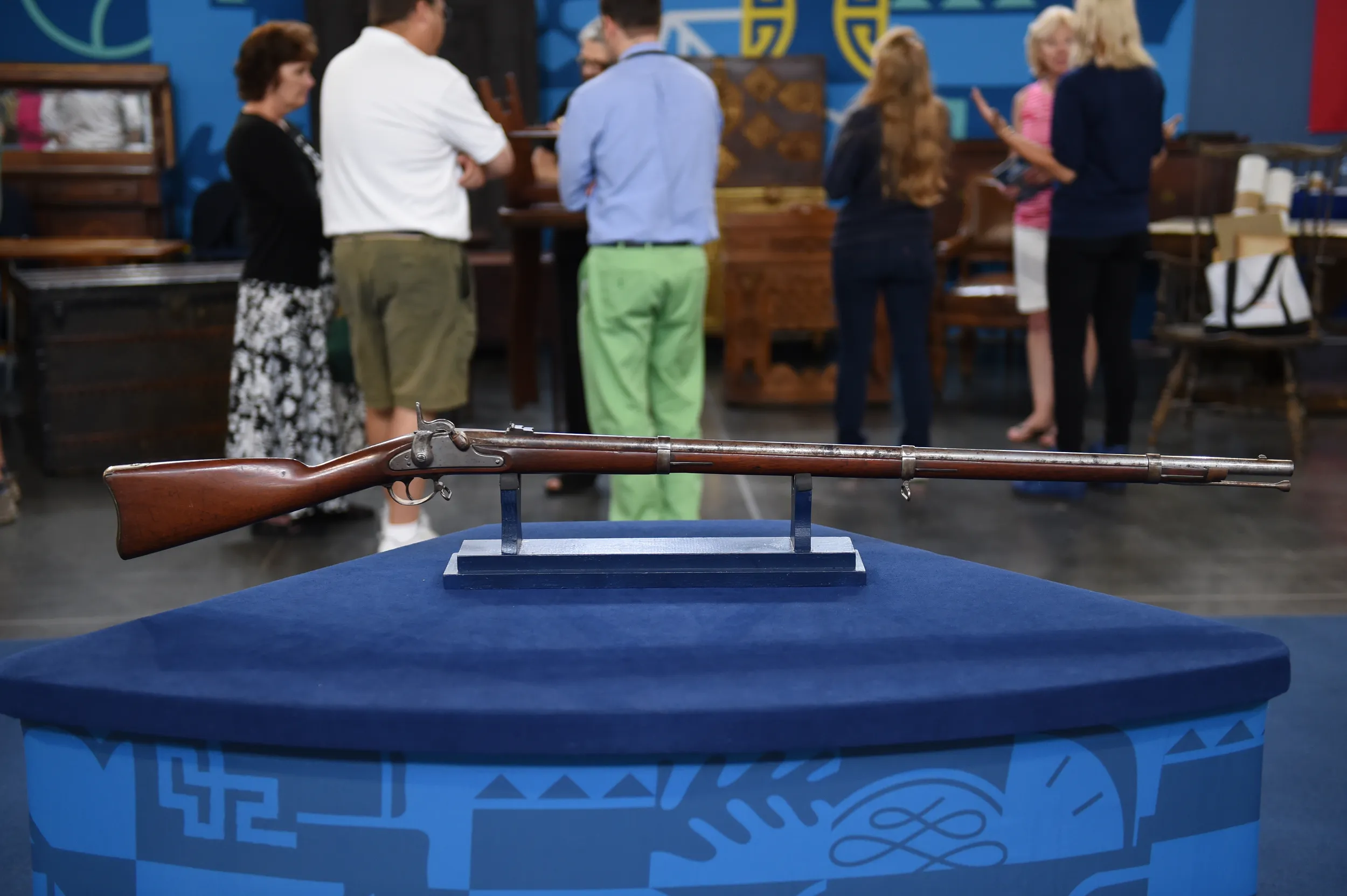
appraisal
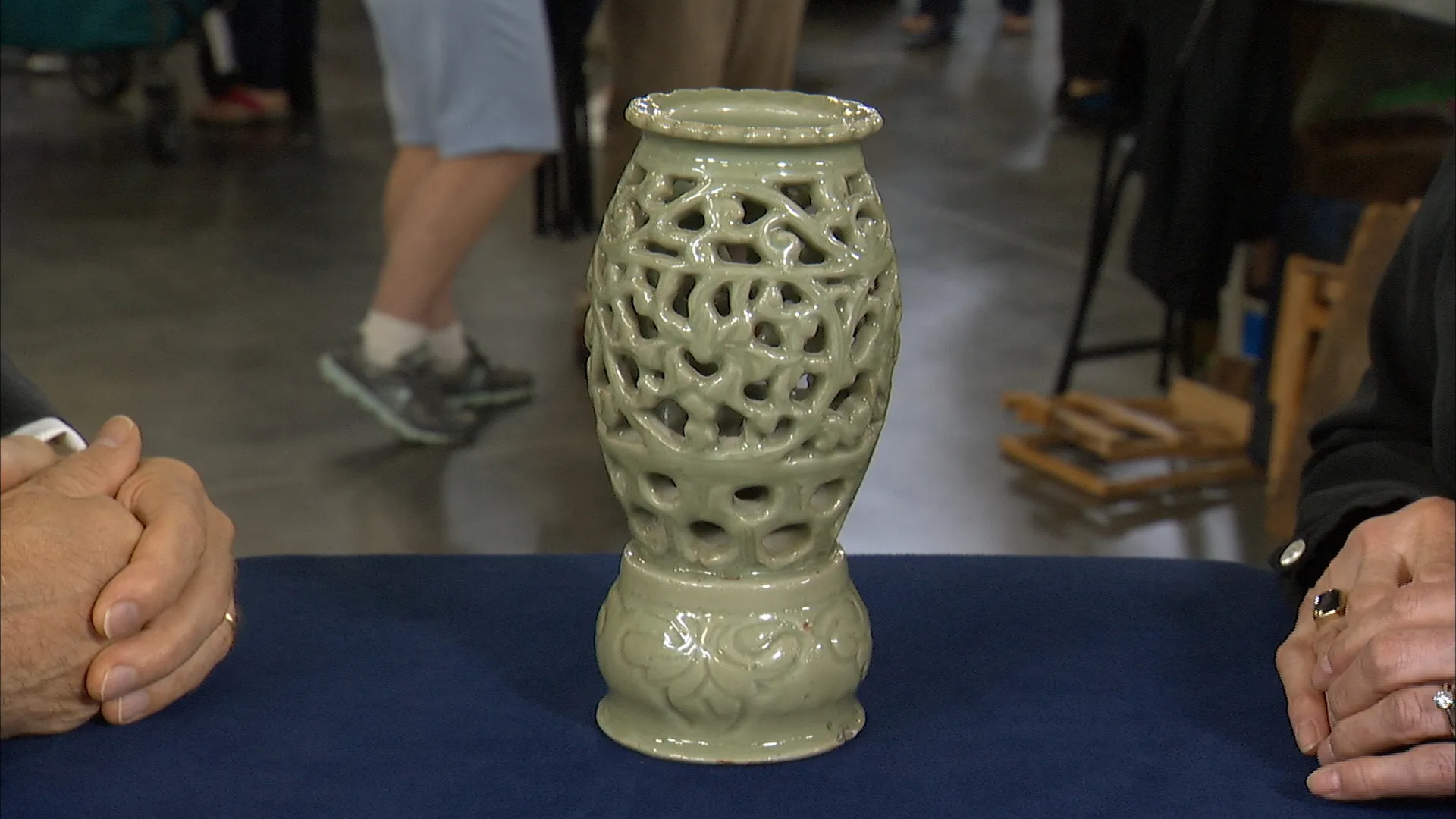
appraisal

appraisal

appraisal
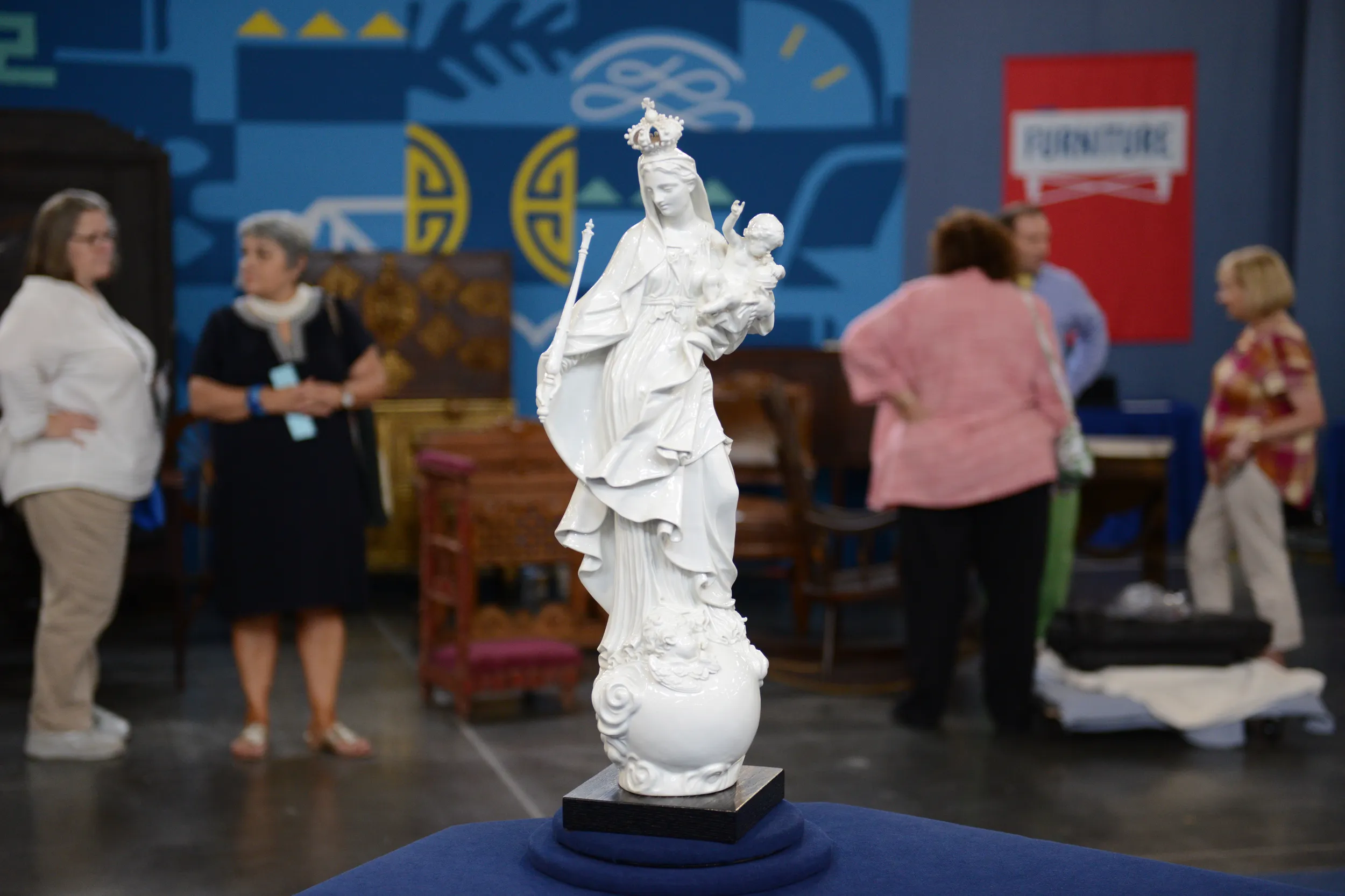
appraisal

appraisal
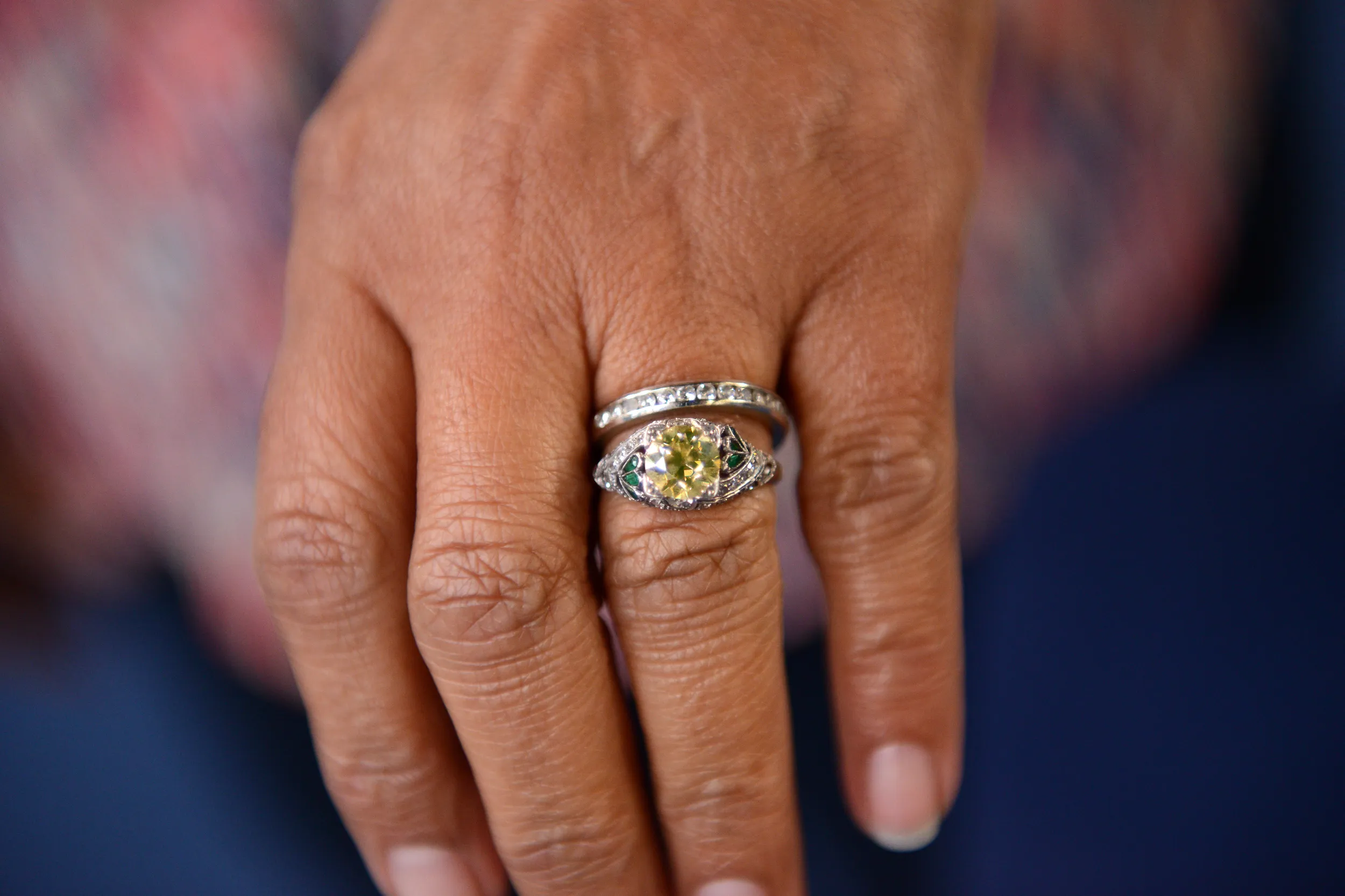
appraisal
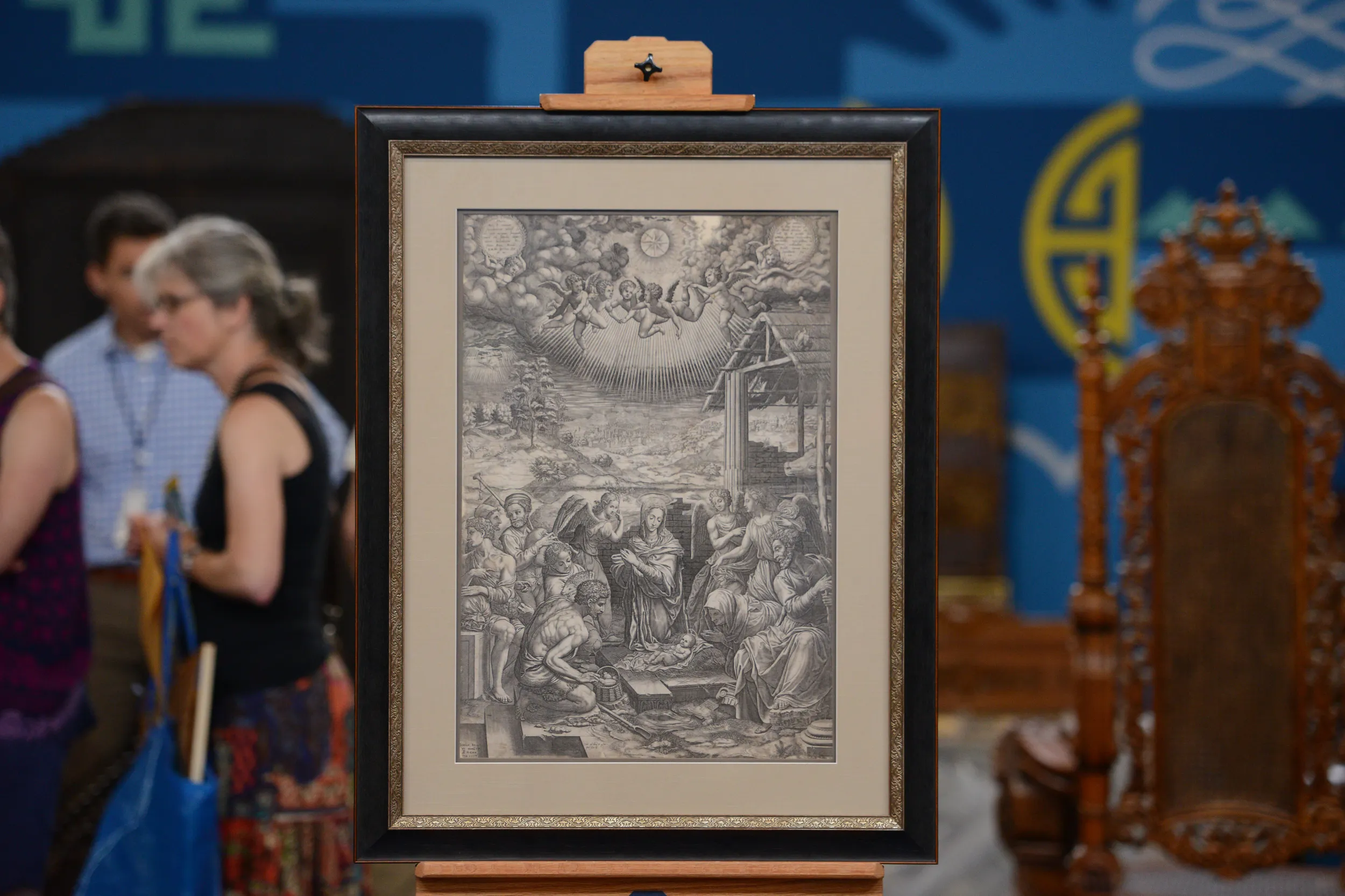
appraisal
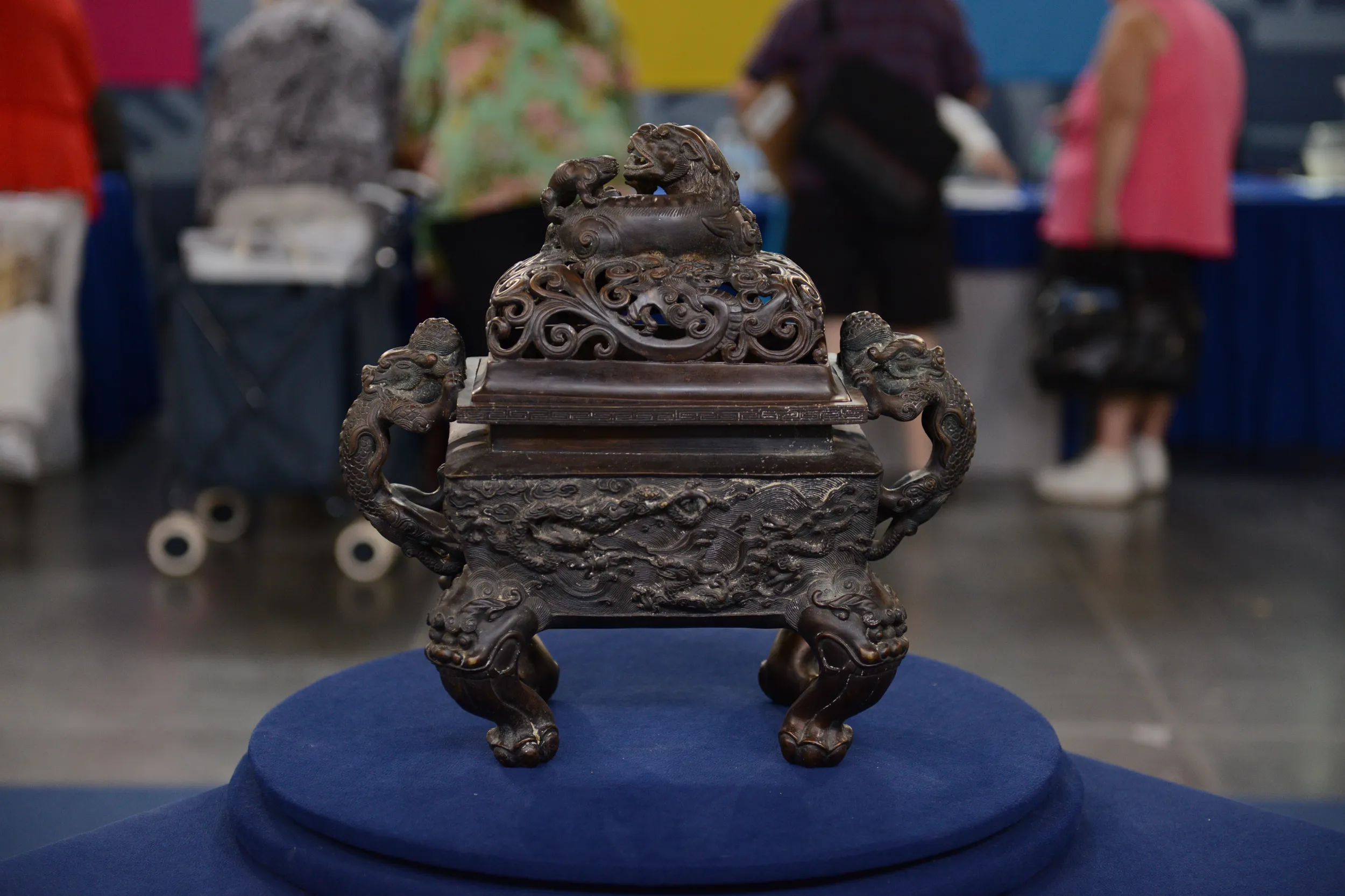
appraisal
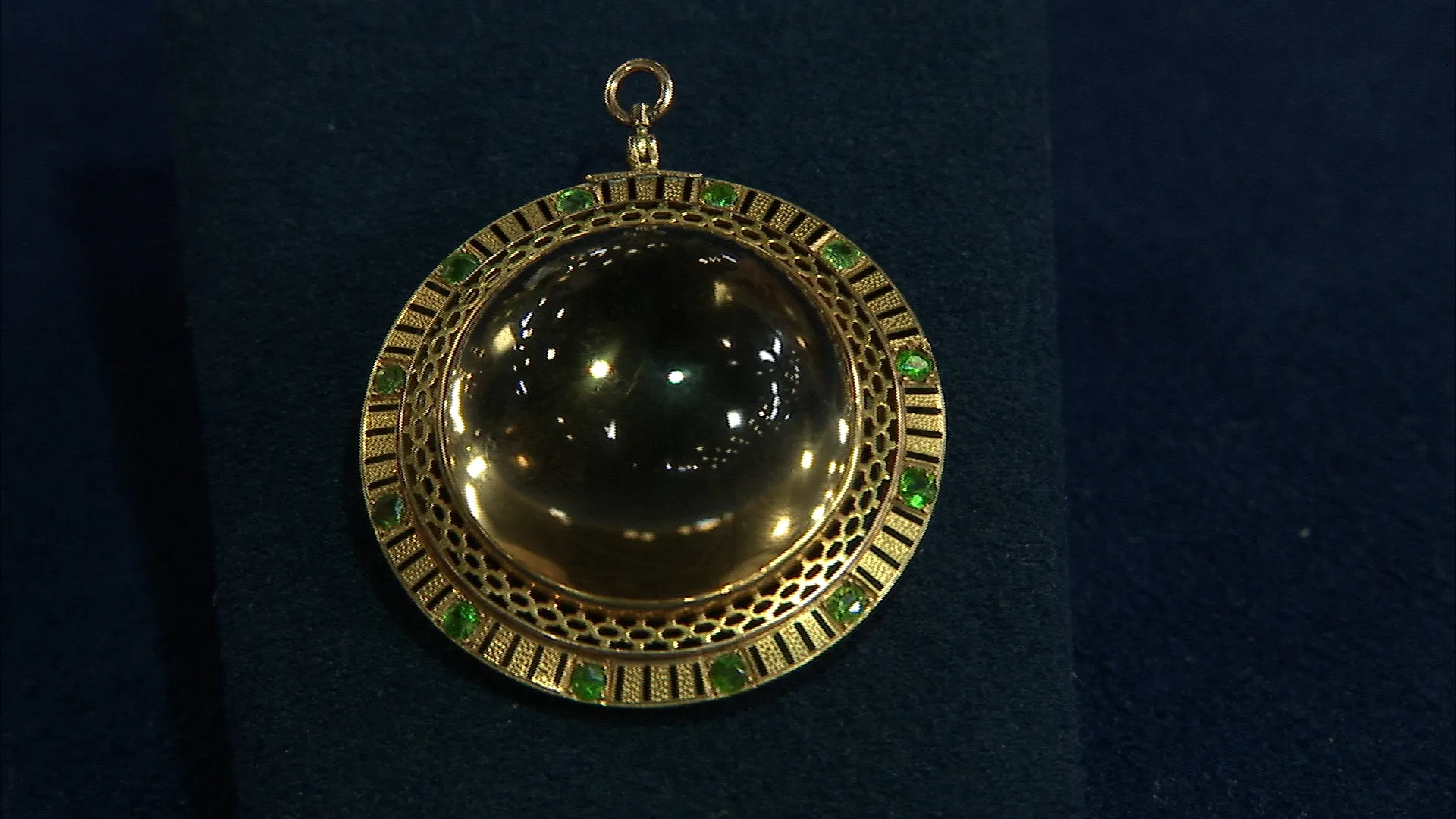
appraisal
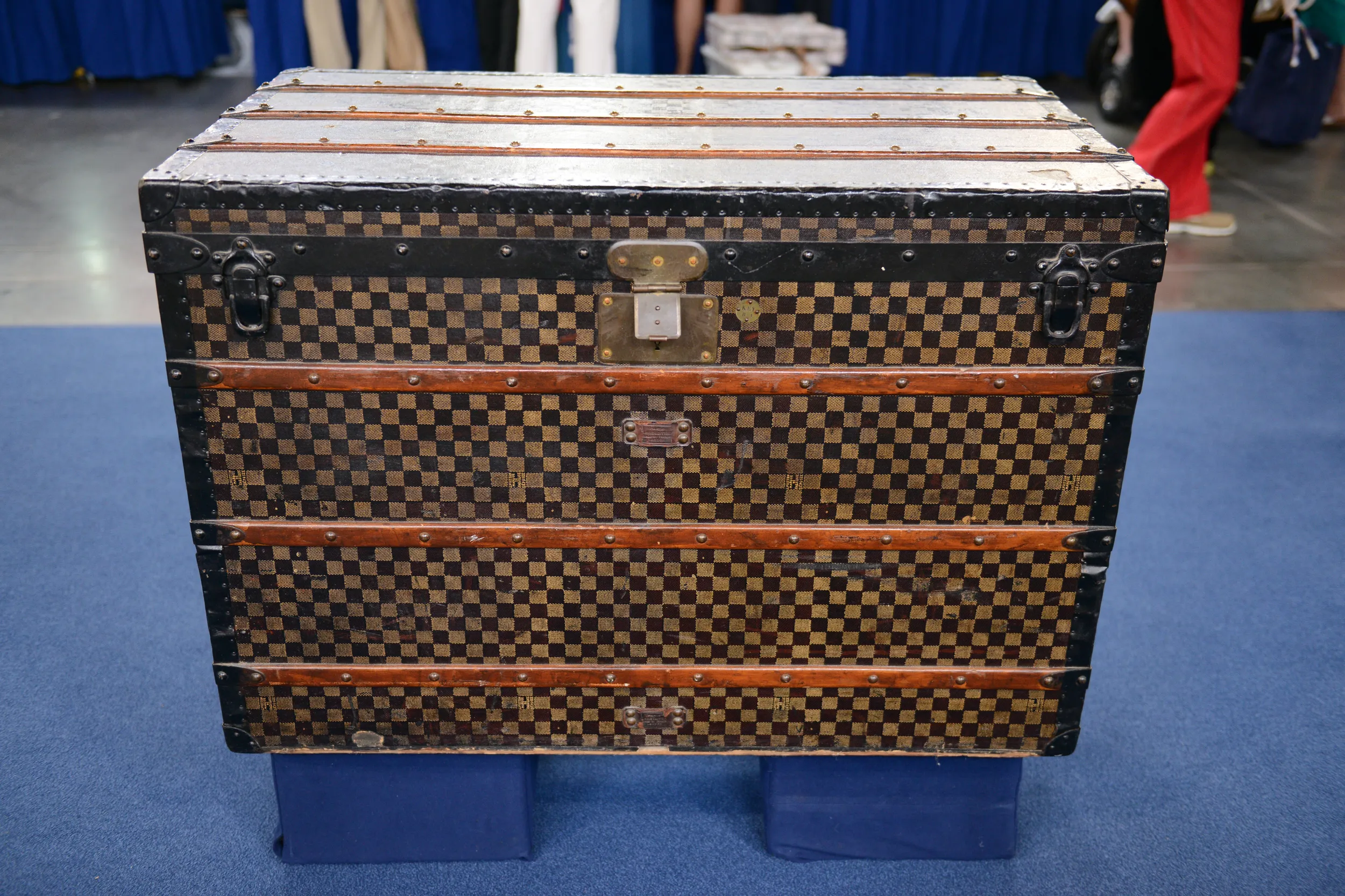
appraisal
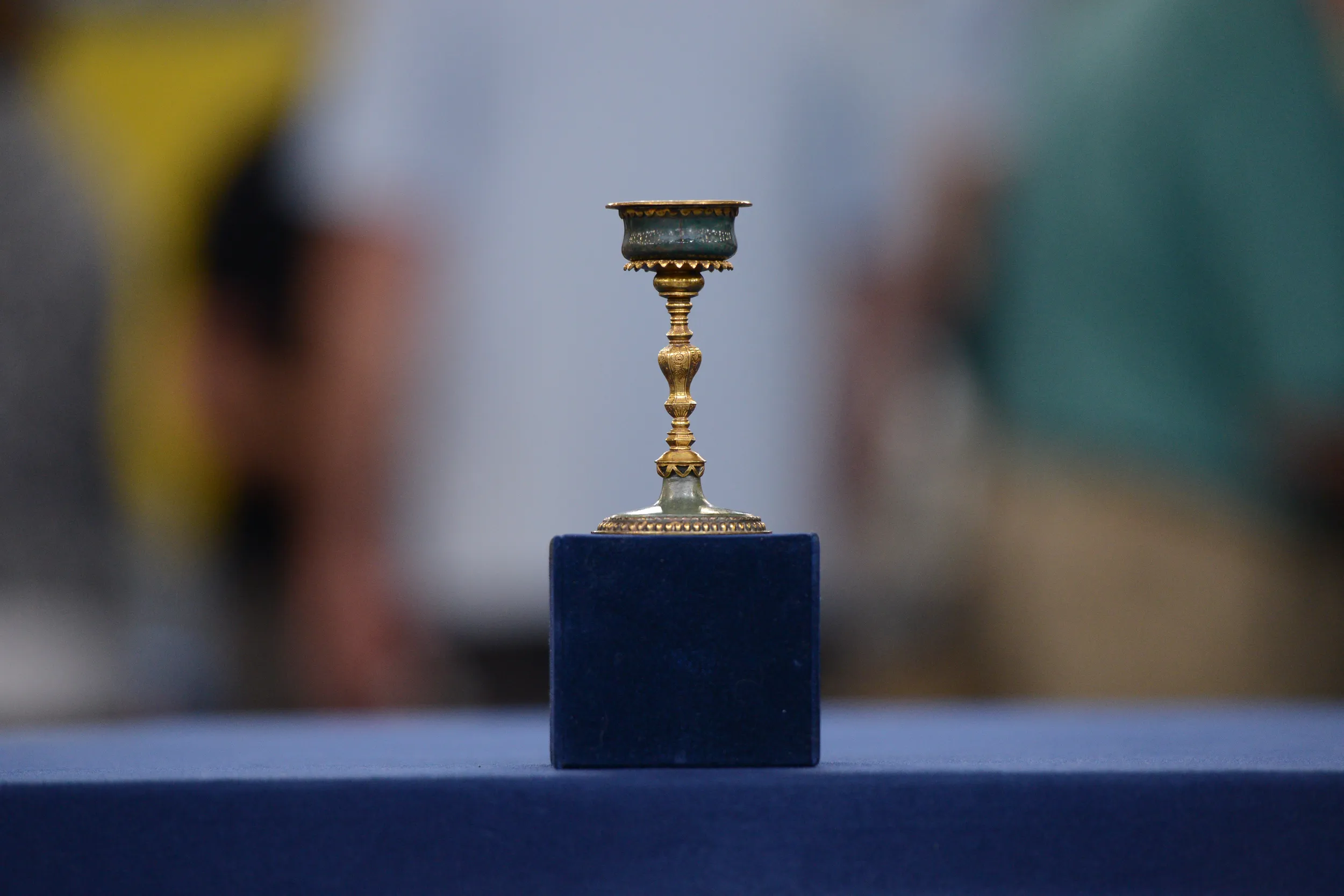
appraisal
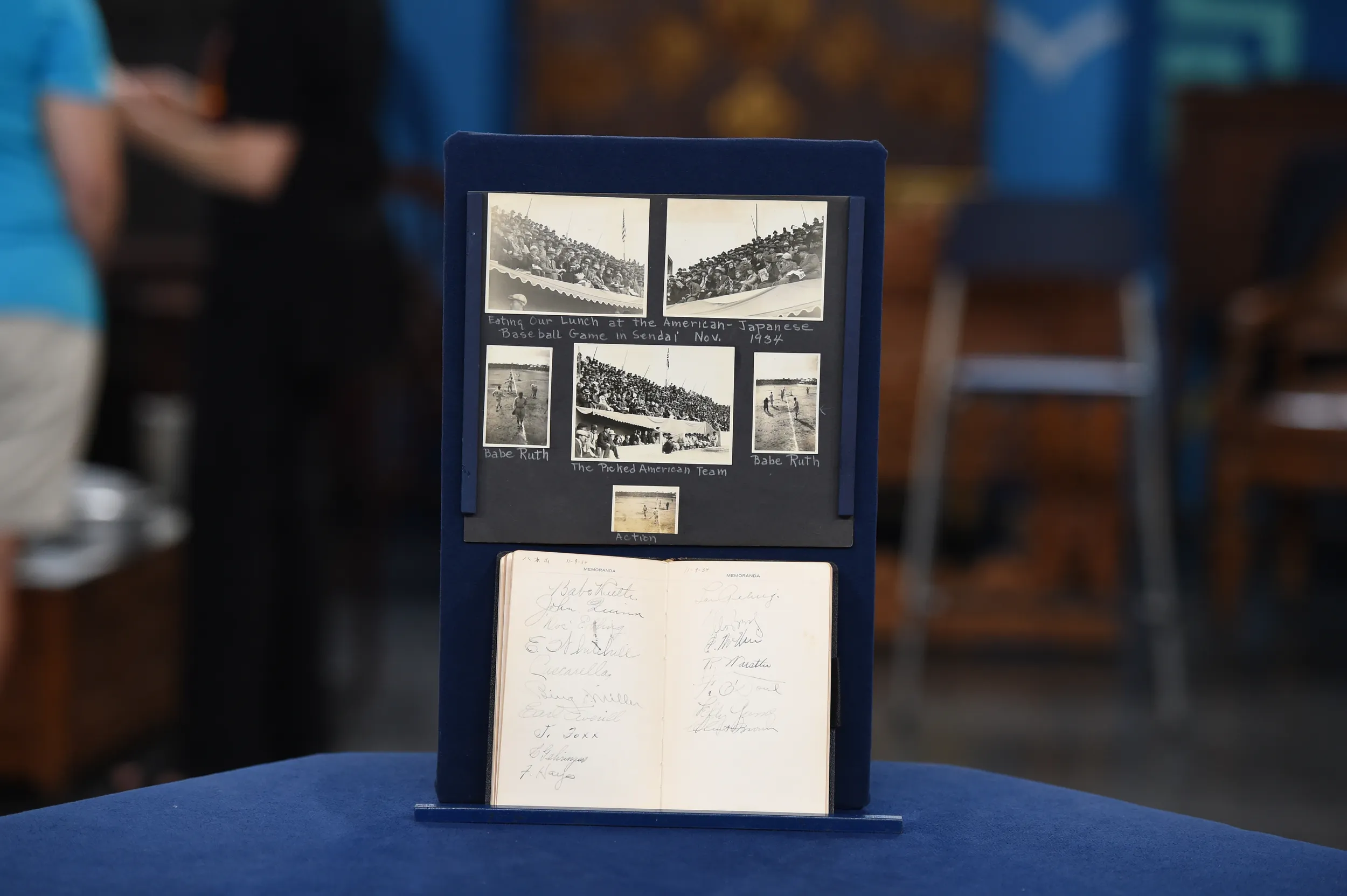
appraisal
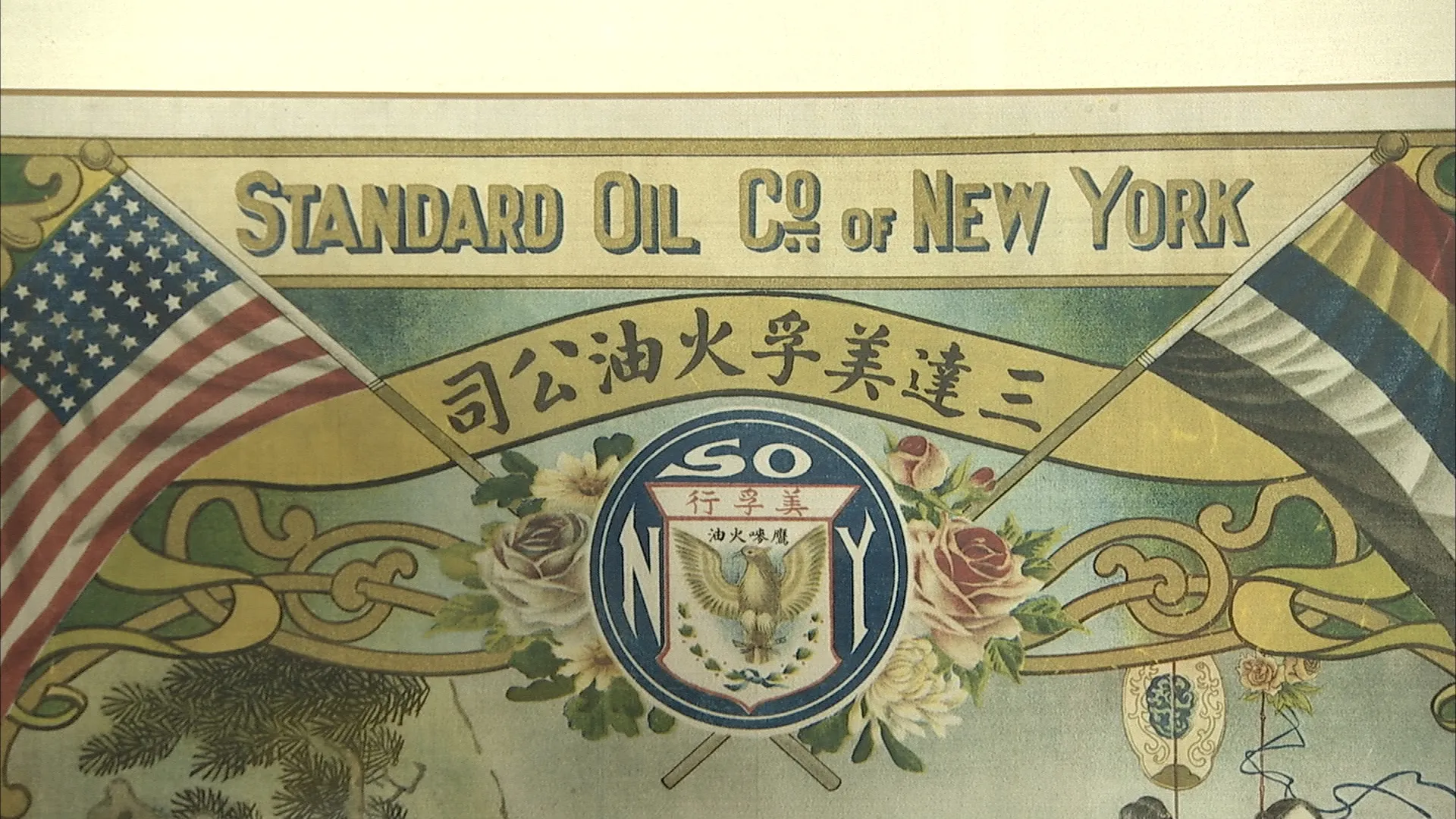
appraisal

appraisal
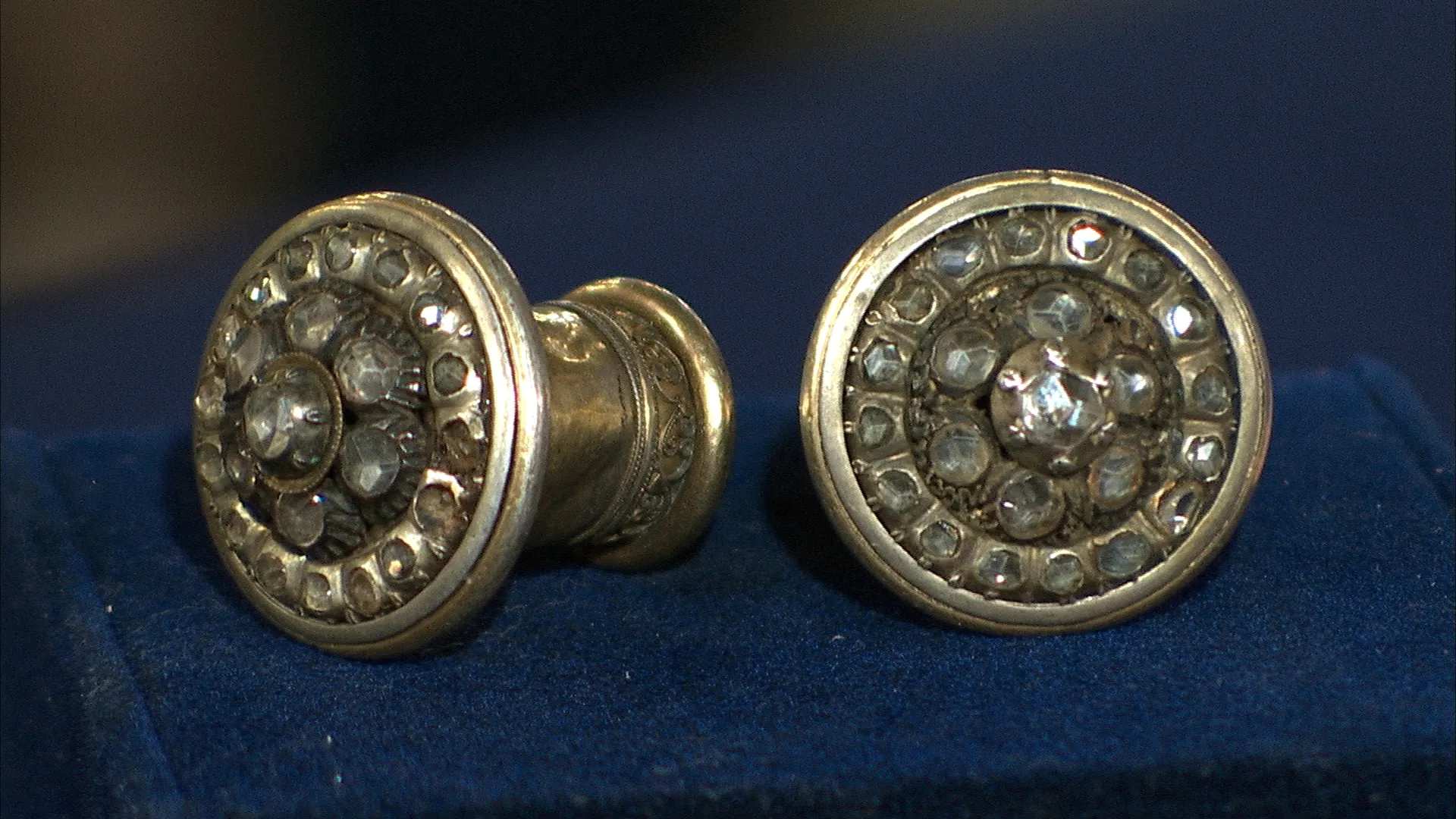
appraisal
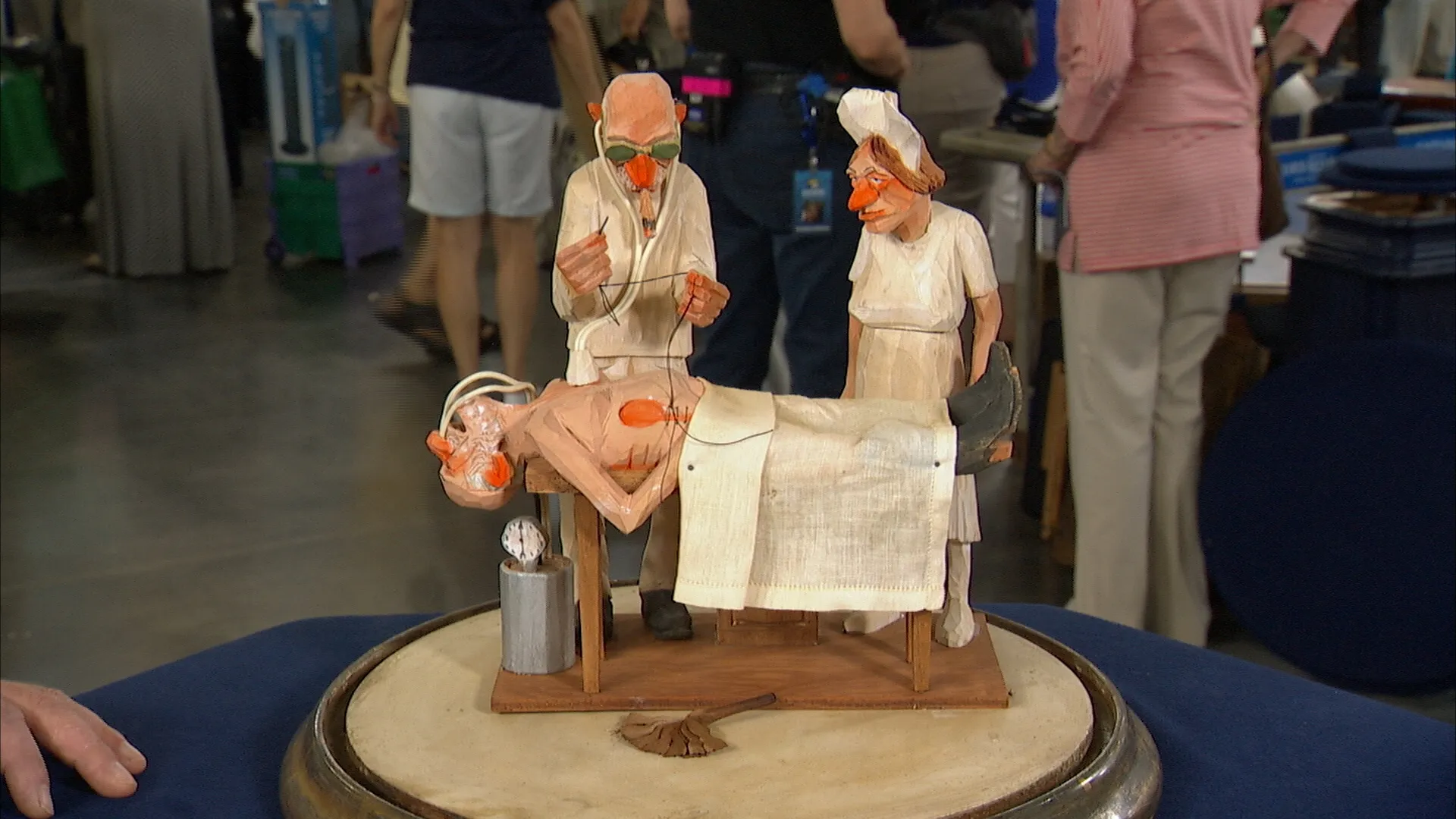
appraisal
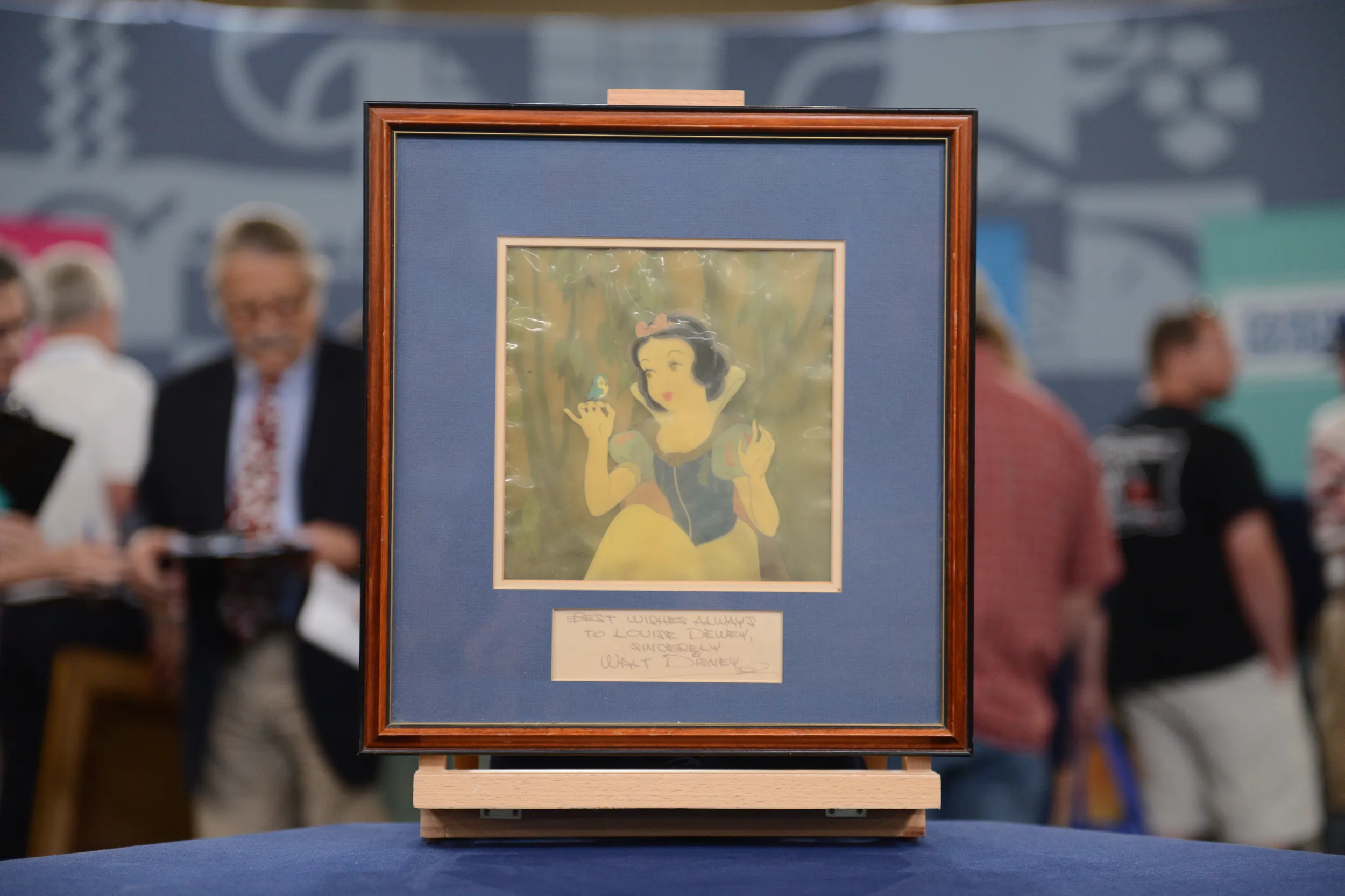
appraisal
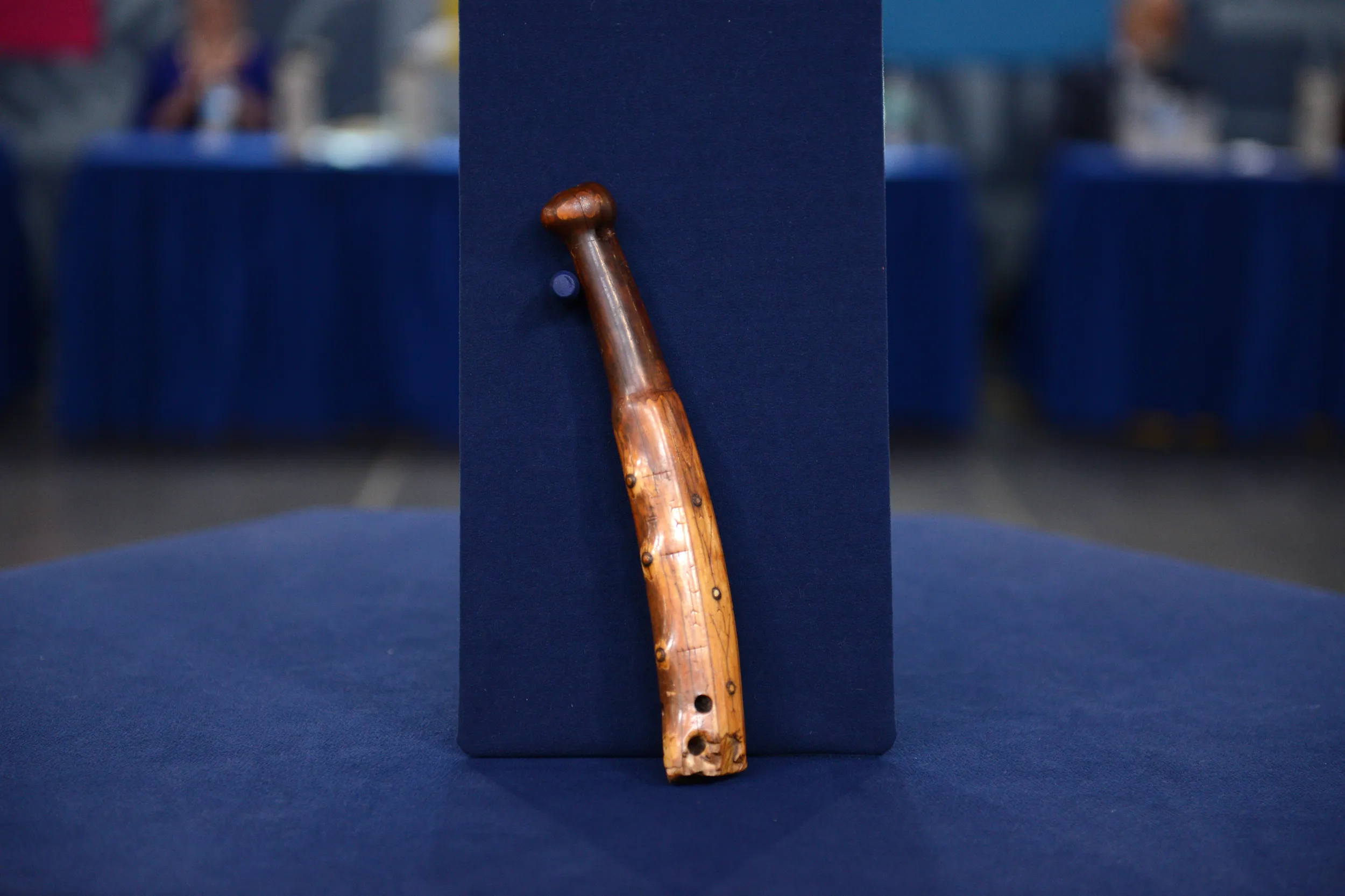
appraisal
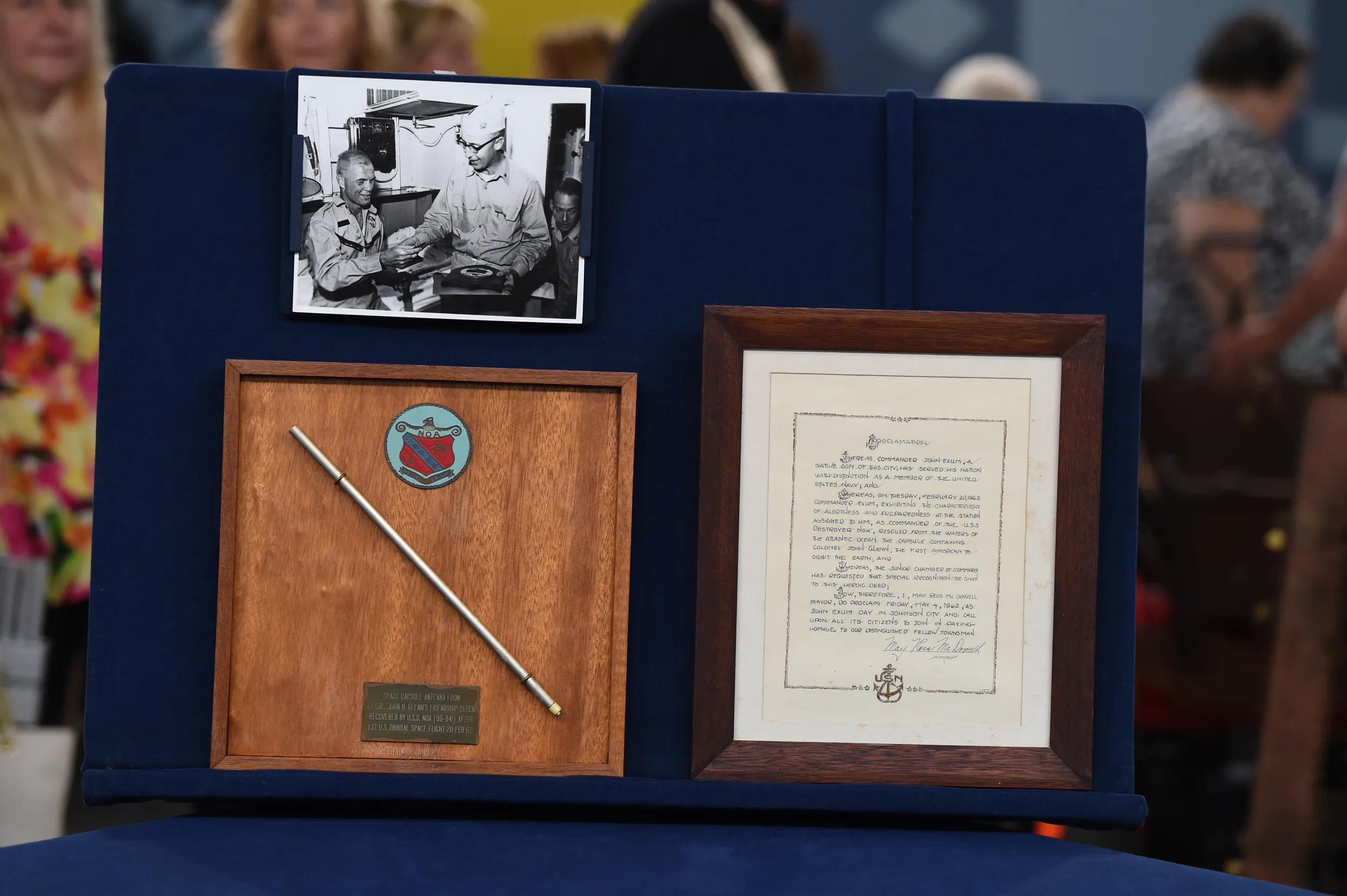
appraisal
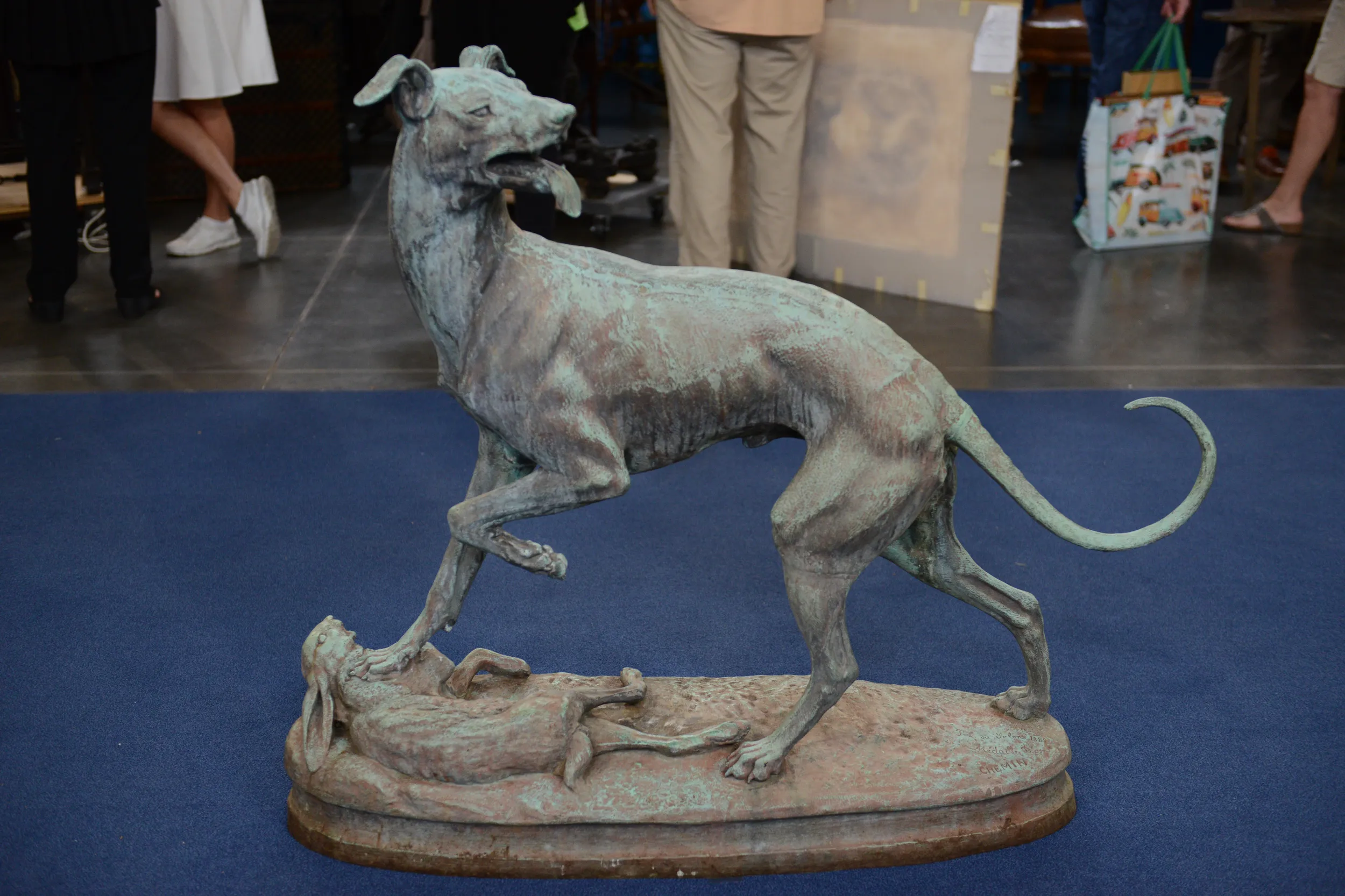
appraisal

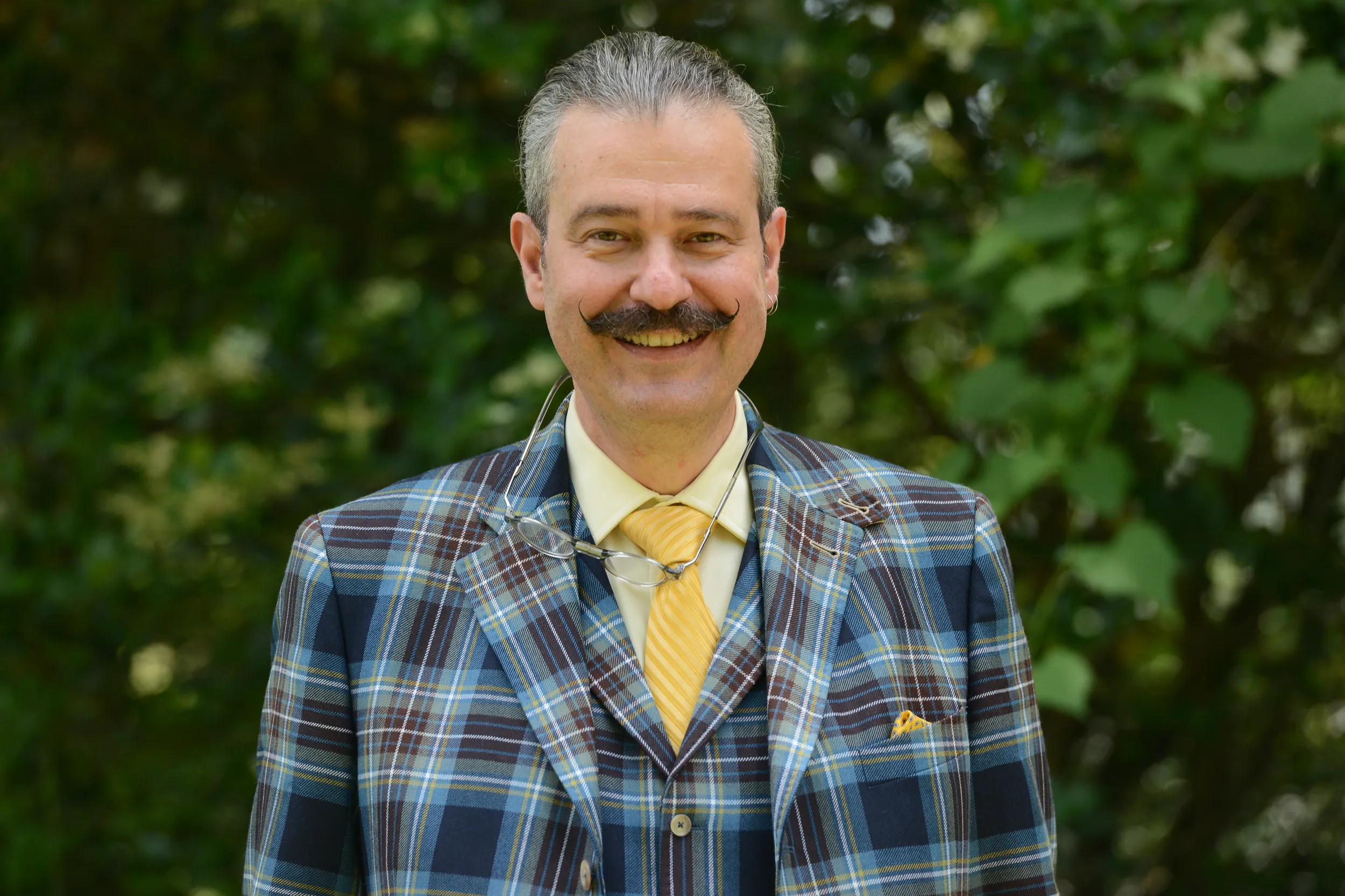











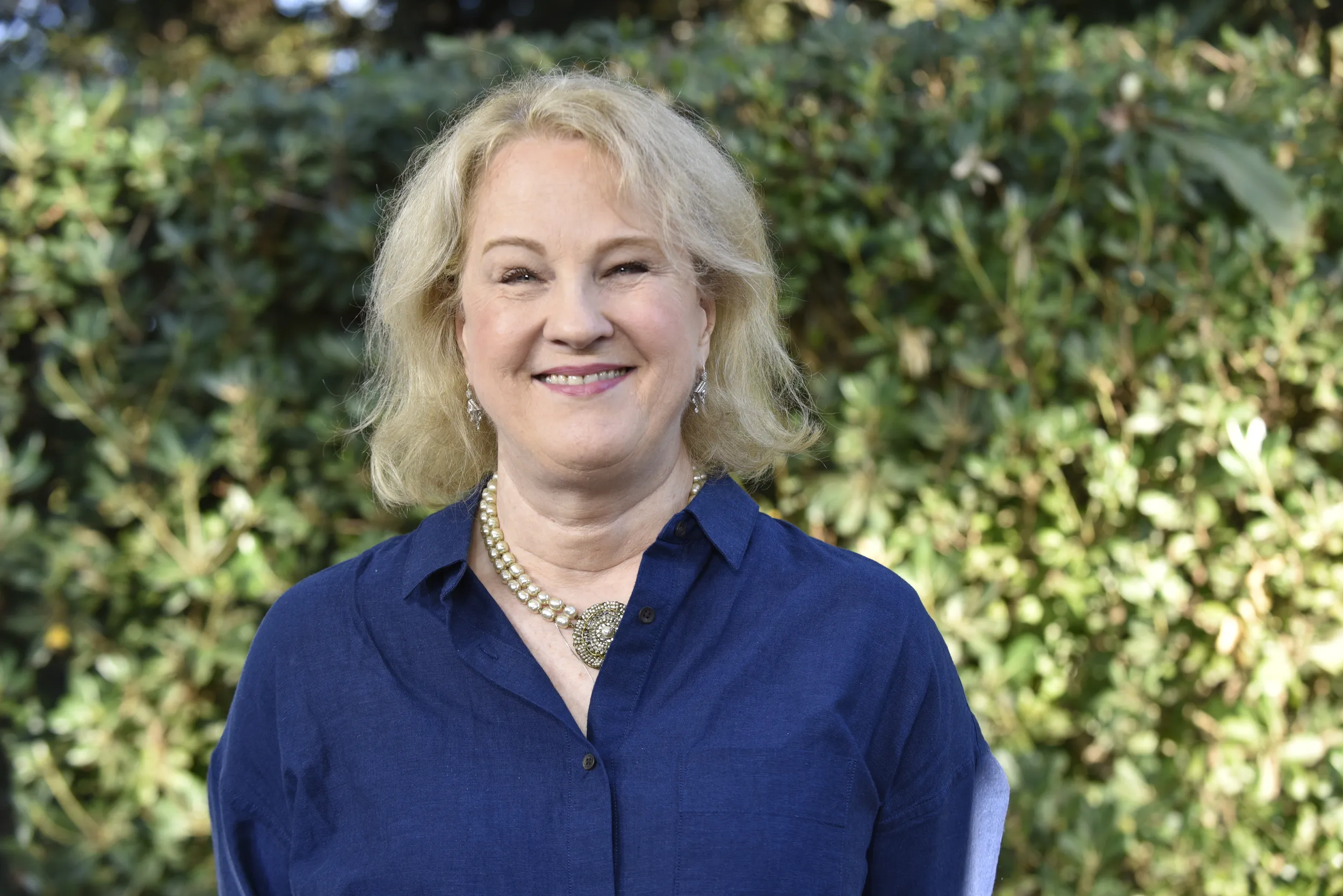


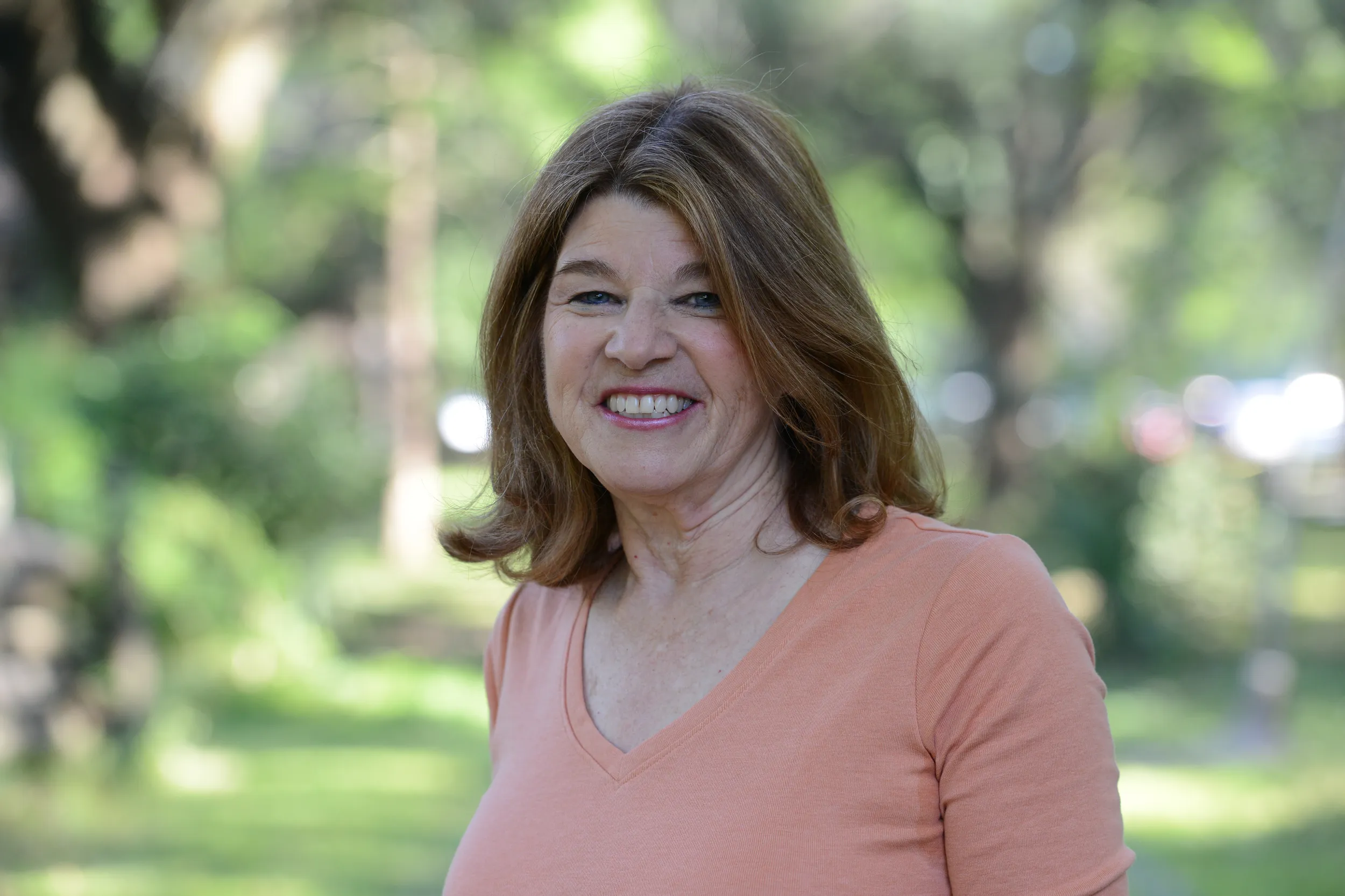

Federal regulations governing the trade and ownership of elephant ivory and other animal-derived objects are under constant review and subject to change at any time. This page offers an overview of regulations, but you should consult the website of the U.S. Fish & Wildlife Service for the most up-to-date information on these topics.
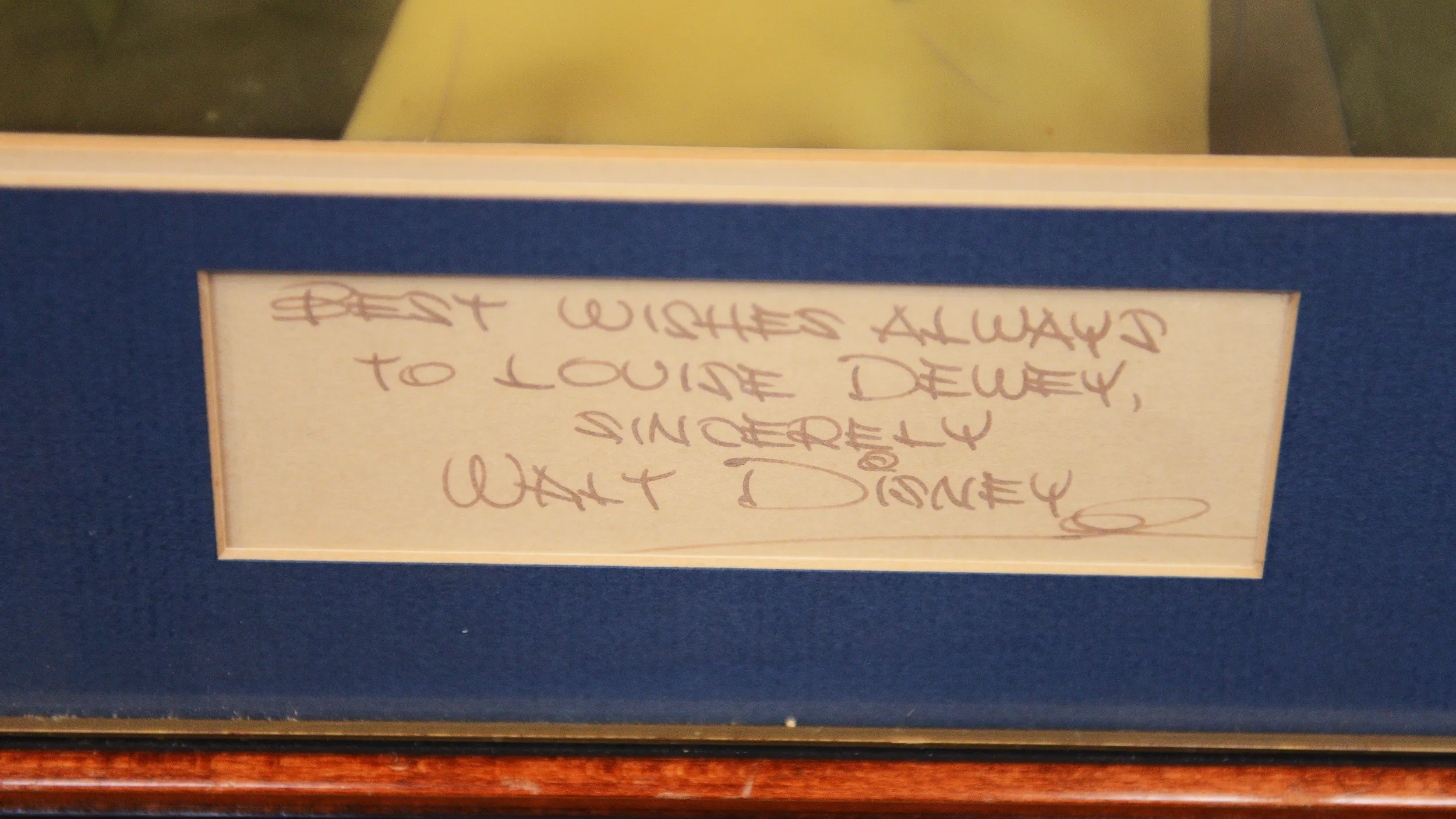
In 2016, an ANTIQUES ROADSHOW guest claimed that a classic Disney character was named after her grandfather. Now, ANTIQUES ROADSHOW wants to hear from you — do you know the inspiration behind the names for Huey, Dewey and Louie?
A weekly collection of previews, videos, articles, interviews, and more!
Funding for ANTIQUES ROADSHOW is provided by Ancestry and American Cruise Lines. Additional funding is provided by public television viewers.
ANTIQUES ROADSHOW is a trademark of the BBC and is produced for PBS by GBH under license from BBC, Worldwide. PBS is a 501(c)(3) not-for-profit organization.
A weekly collection of previews, videos, articles, interviews, and more!
Test your appraisal knowledge in ROADSHOW's new game — Price Range!




